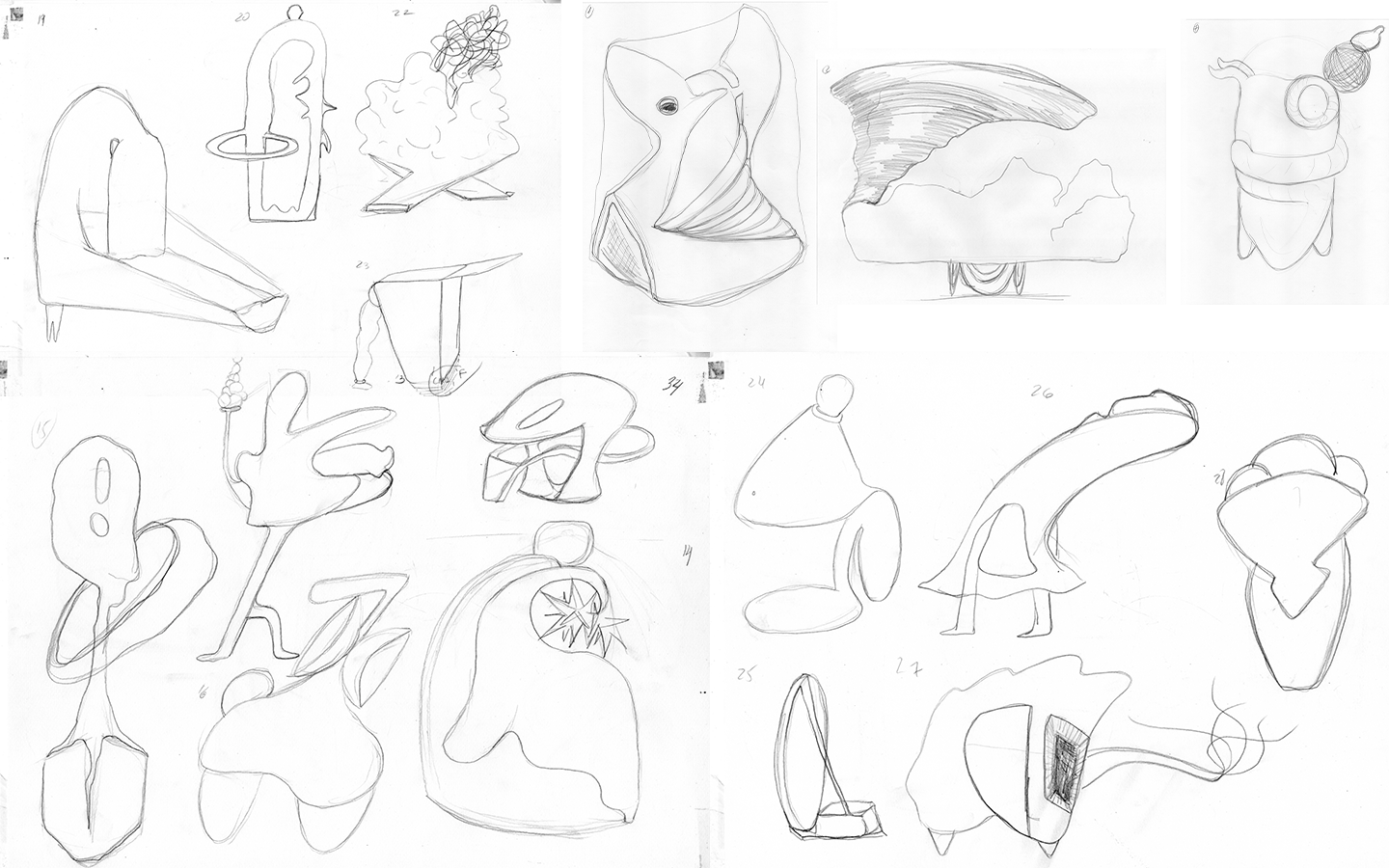The Other Nature
This installation explores the concept of compassion, examining how human emotional baggage—shaped
by environment, experiences, and education—forms our identity and impacts how we interact with others.
The project reflects on how we choose, consciously or unconsciously, what emotions and traits we carry
with us throughout our lives, and how they shape who we are.
by environment, experiences, and education—forms our identity and impacts how we interact with others.
The project reflects on how we choose, consciously or unconsciously, what emotions and traits we carry
with us throughout our lives, and how they shape who we are.
Talia Hamburg's final project at Bezalel Academy of Arts and Design (2022), guided by Sharon Etgar.
About the Installation
The installation consists of three vertical screens, a book, and two speakers. Each screen displays a 3D object rotating 360 degrees, representing various human emotions and traits. The accompanying book offers an explanation for each object, detailing the emotions, ideas, and character traits they embody.
The installation consists of three vertical screens, a book, and two speakers. Each screen displays a 3D object rotating 360 degrees, representing various human emotions and traits. The accompanying book offers an explanation for each object, detailing the emotions, ideas, and character traits they embody.
The project includes a total of 51 objects:
41 Primitive Objects: These abstract shapes represent various human character traits, both positive and negative. Designed with simple aesthetic principles, each object integrates both "good" and "bad" elements, creating a complex, layered visual. Together, these elements define the unique look and feel of each piece, symbolizing the multifaceted nature of human identity.
41 Primitive Objects: These abstract shapes represent various human character traits, both positive and negative. Designed with simple aesthetic principles, each object integrates both "good" and "bad" elements, creating a complex, layered visual. Together, these elements define the unique look and feel of each piece, symbolizing the multifaceted nature of human identity.
10 Advanced Objects: These embody the idea of continuous growth and transformation. Built from pieces
that represent different character traits, they merge to form new, cohesive characters. Much like the human genome, these objects illustrate the boundless potential for evolution, symbolizing the limitless complexity
of human nature.
that represent different character traits, they merge to form new, cohesive characters. Much like the human genome, these objects illustrate the boundless potential for evolution, symbolizing the limitless complexity
of human nature.
Design Concept
The aesthetic of each object was based on the emotional traits it represents:
Pleasant traits were shown with soft, rounded shapes, warm colors, and inviting textures.
Hard or negative traits were represented with sharp, spiky shapes (triangles), cold colors,
and textures that are unpleasant to touch or inspire discomfort.
The installation invites viewers to reflect on the complexity of human emotion and identity, encouraging empathy and a deeper understanding of the contrasts within ourselves and others.
The aesthetic of each object was based on the emotional traits it represents:
Pleasant traits were shown with soft, rounded shapes, warm colors, and inviting textures.
Hard or negative traits were represented with sharp, spiky shapes (triangles), cold colors,
and textures that are unpleasant to touch or inspire discomfort.
The installation invites viewers to reflect on the complexity of human emotion and identity, encouraging empathy and a deeper understanding of the contrasts within ourselves and others.
The Screens:
This demonstration provides a glimpse of the installation’s dynamic display, featuring several of the objects in motion. Shown across three vertical screens, each object rotates 360 degrees, revealing
its intricacies and symbolic traits. In sync, all three screens pivot together, transitioning to display the next object in sequence.
This synchronized rotation and switching effect immerse
viewers in the diversity and depth of the objects, symbolizing
the continuous, interconnected nature of human character traits.
This demonstration provides a glimpse of the installation’s dynamic display, featuring several of the objects in motion. Shown across three vertical screens, each object rotates 360 degrees, revealing
its intricacies and symbolic traits. In sync, all three screens pivot together, transitioning to display the next object in sequence.
This synchronized rotation and switching effect immerse
viewers in the diversity and depth of the objects, symbolizing
the continuous, interconnected nature of human character traits.
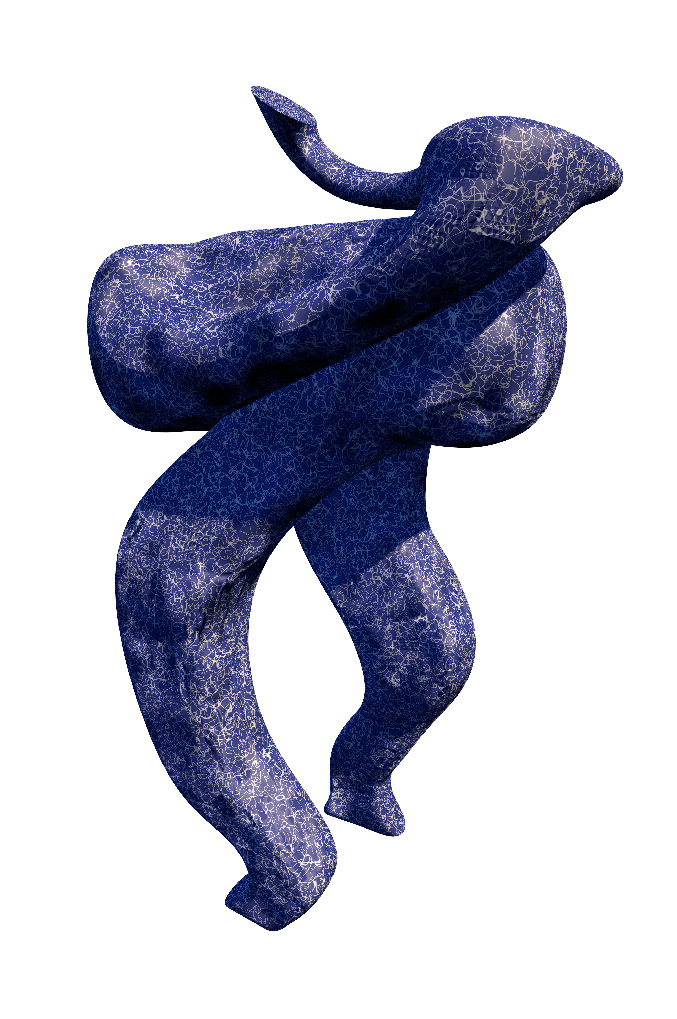
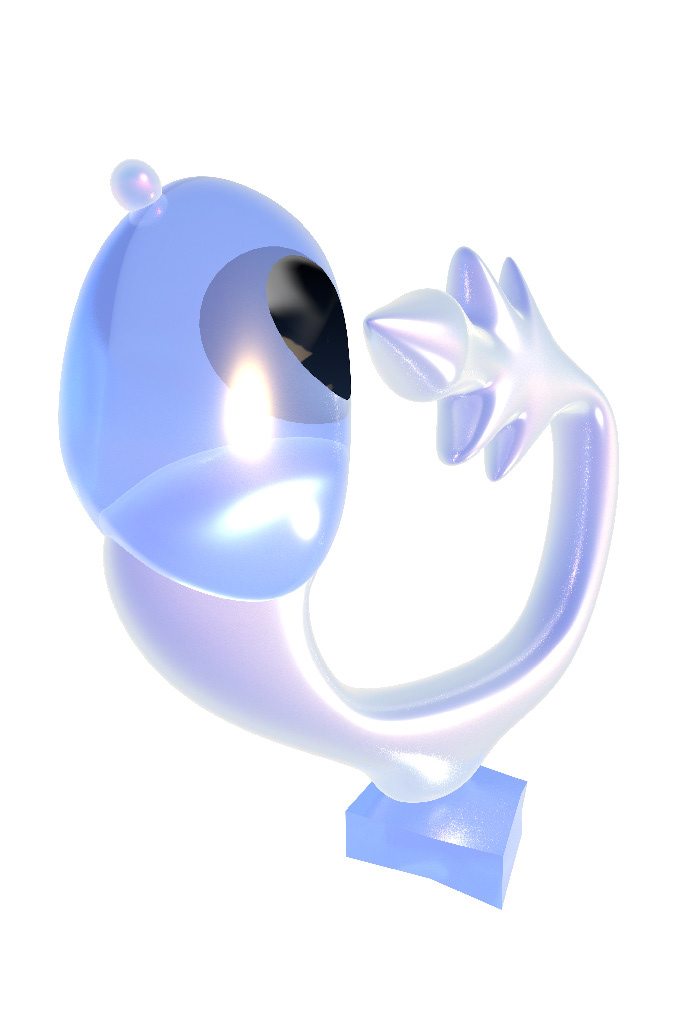
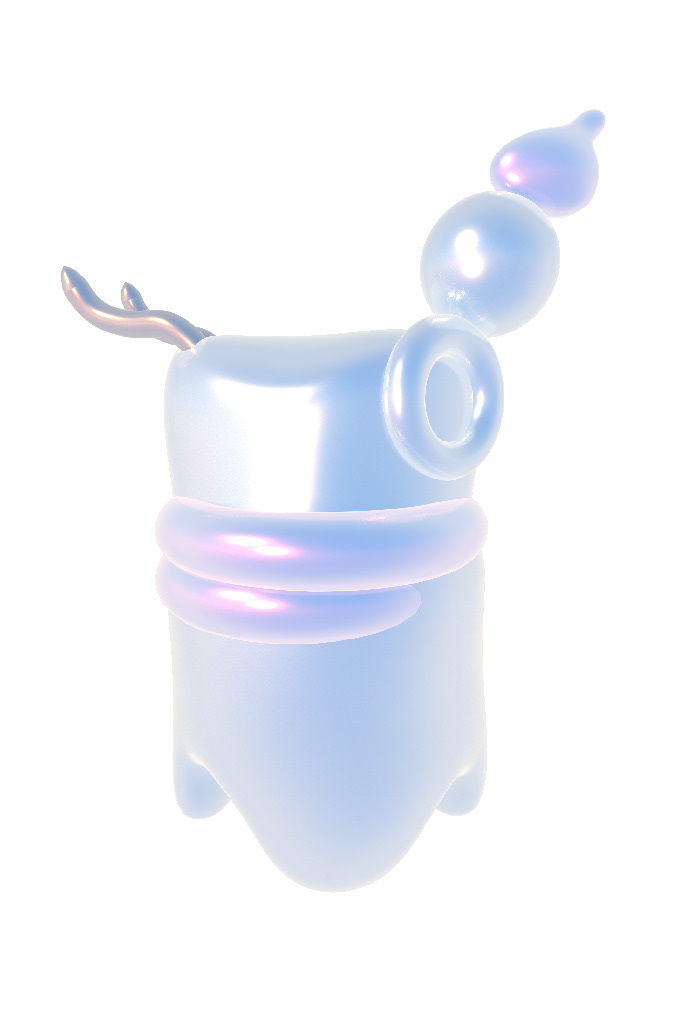
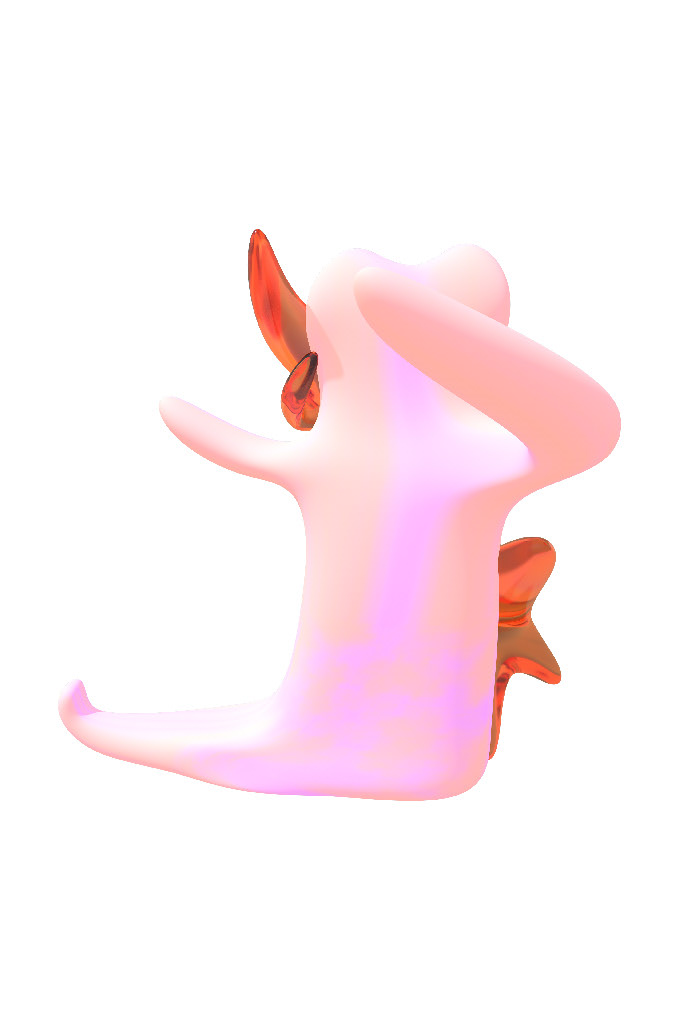
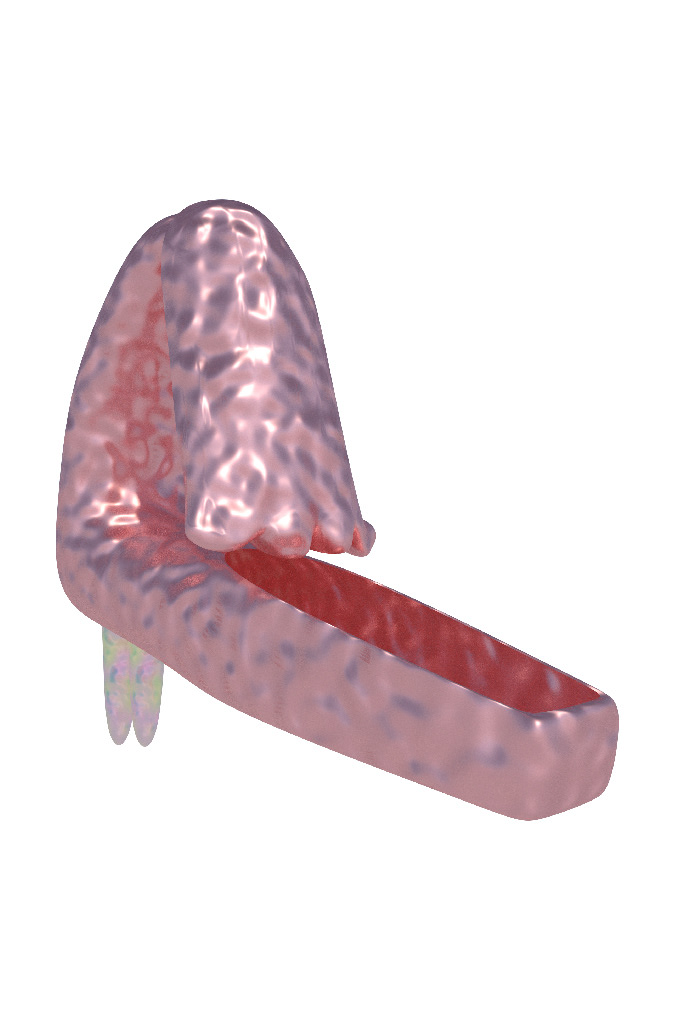
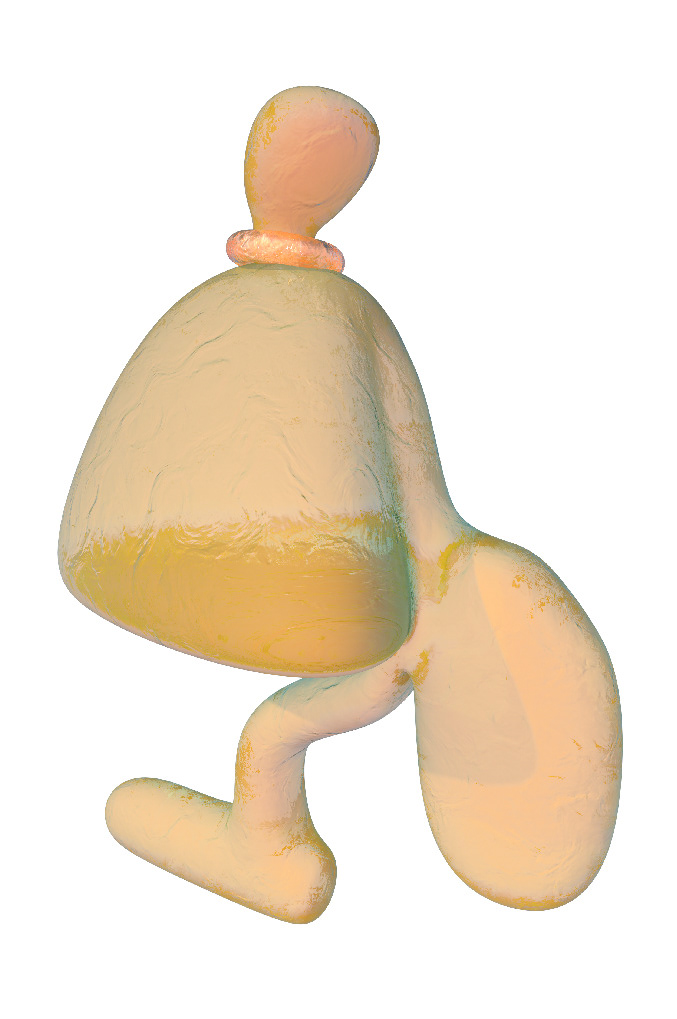

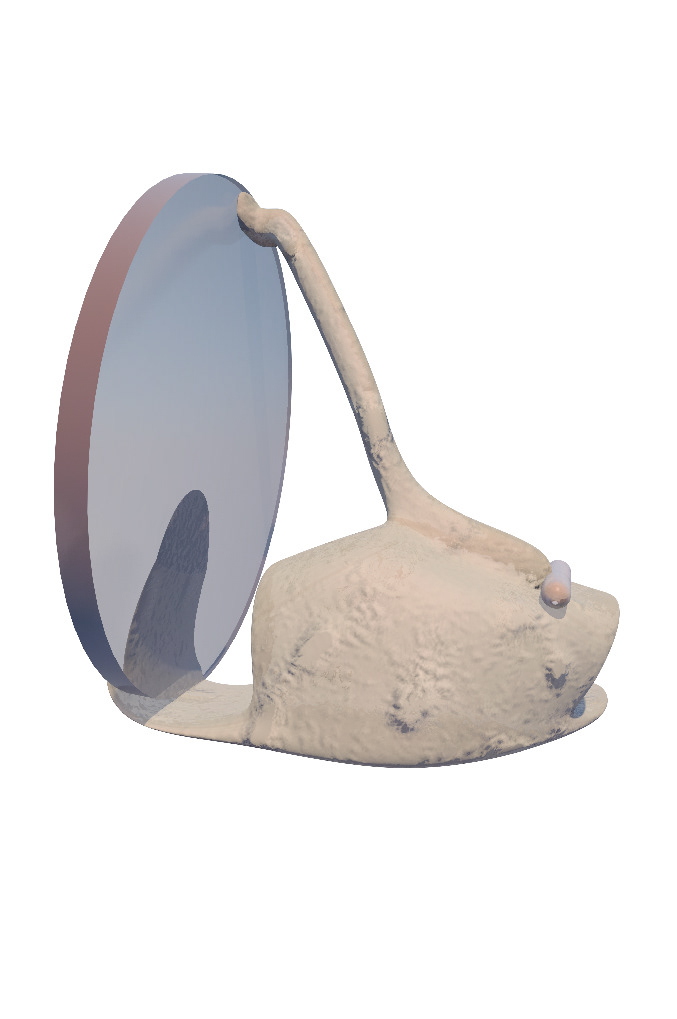
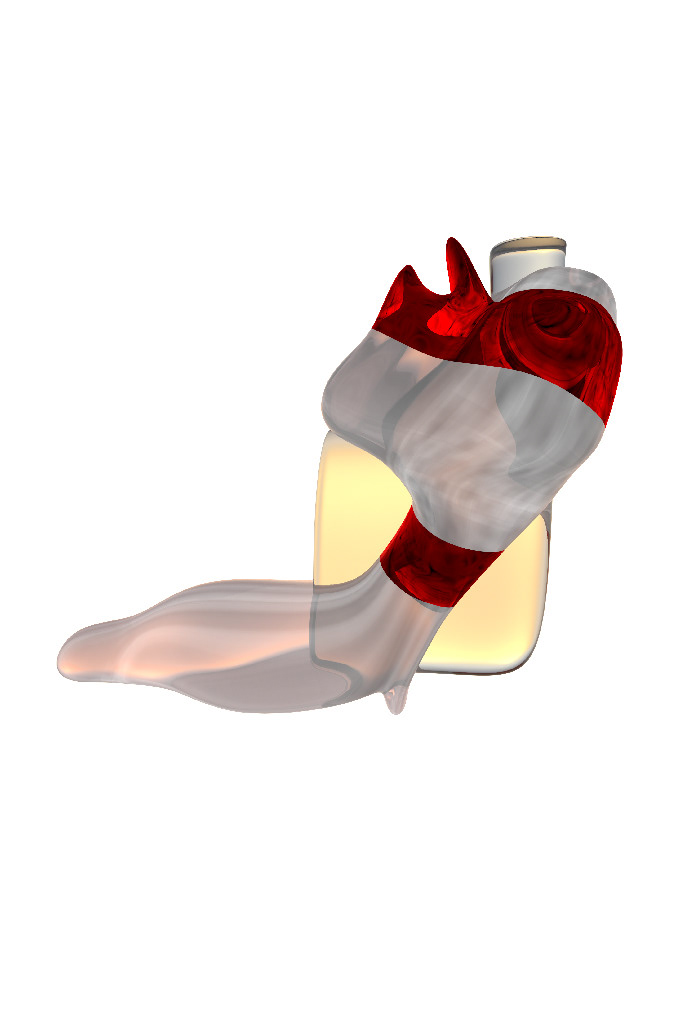
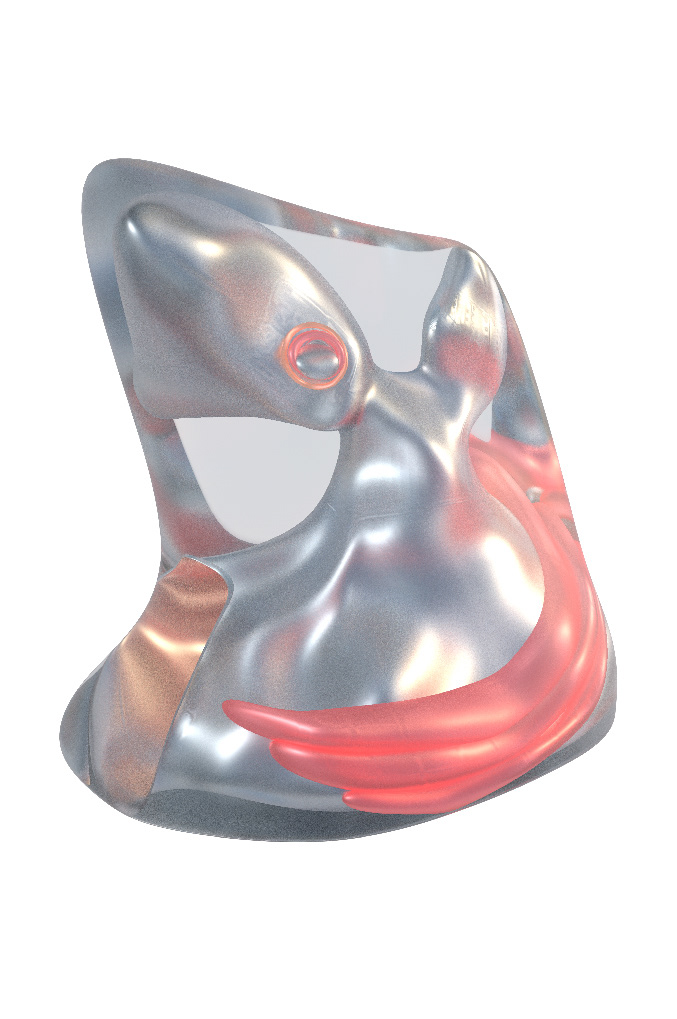
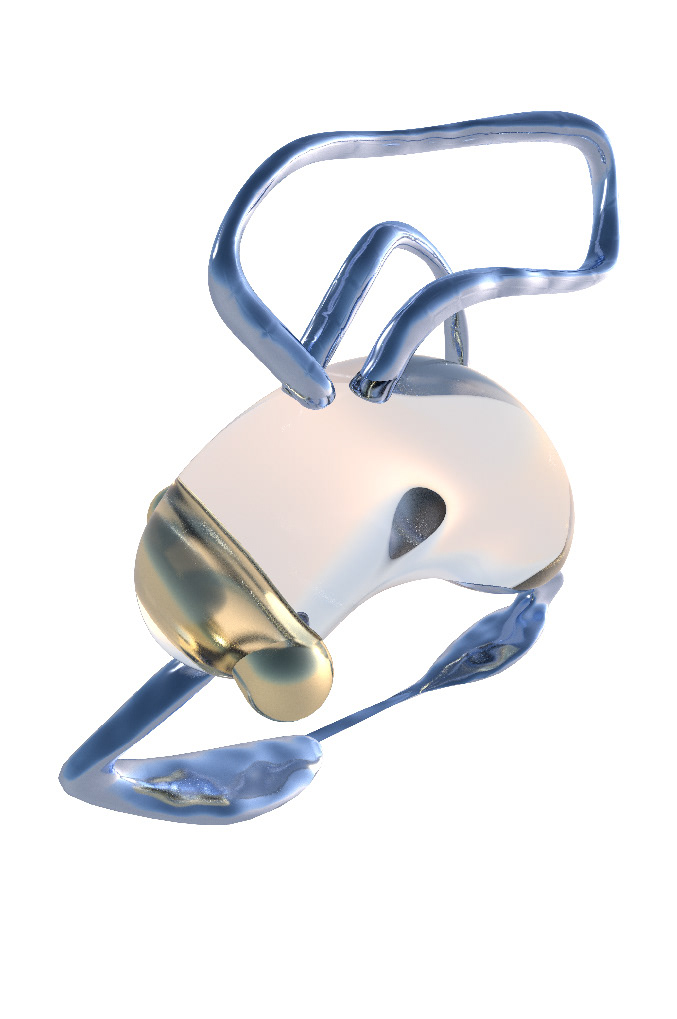
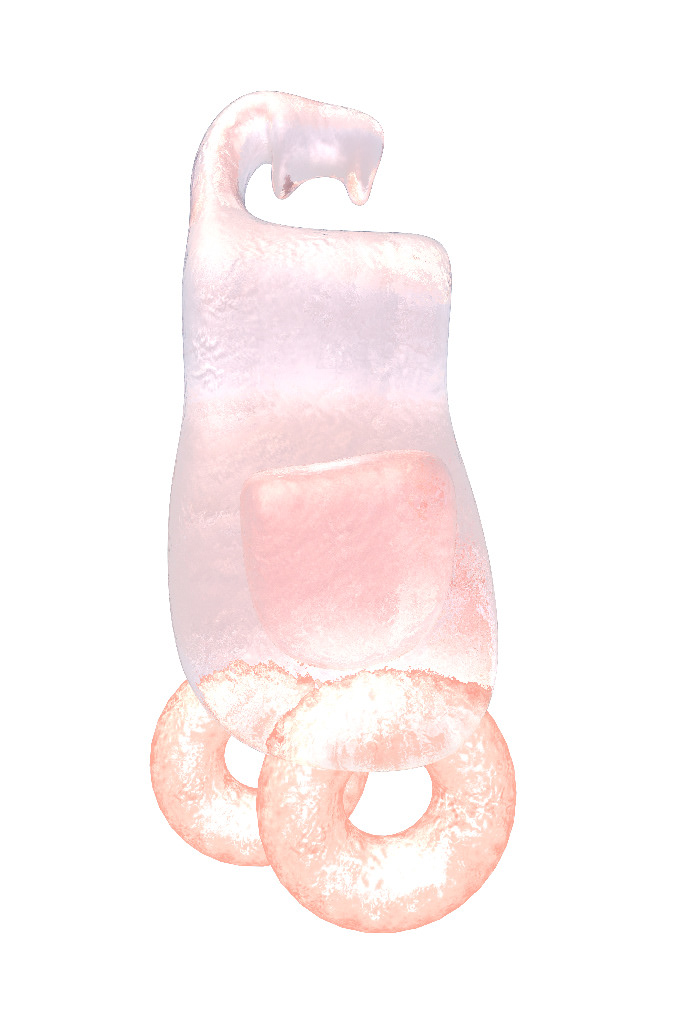
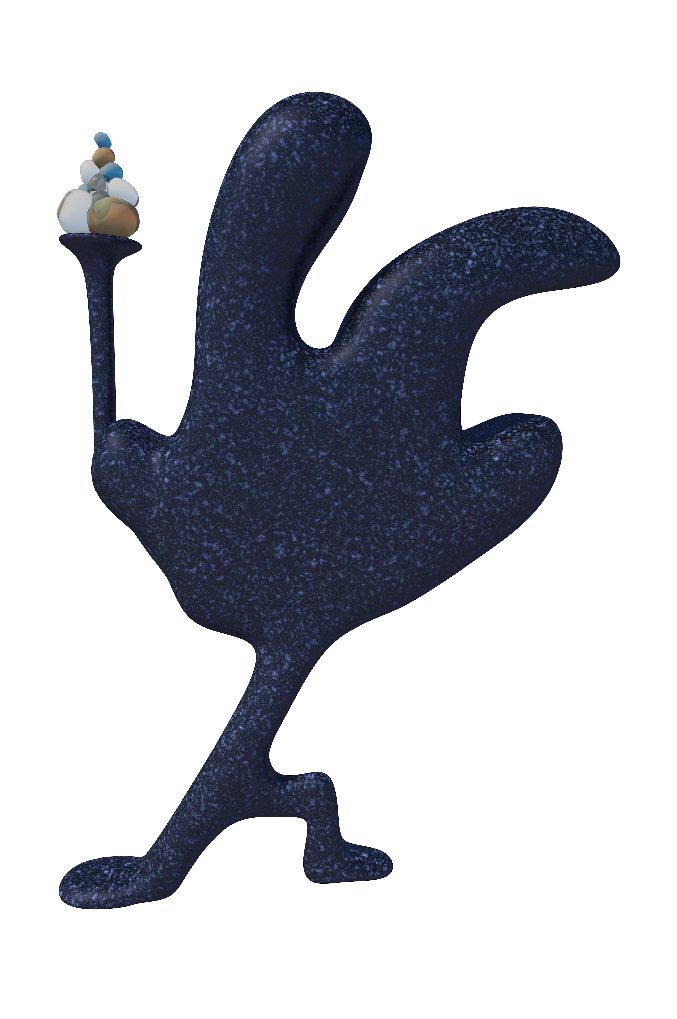
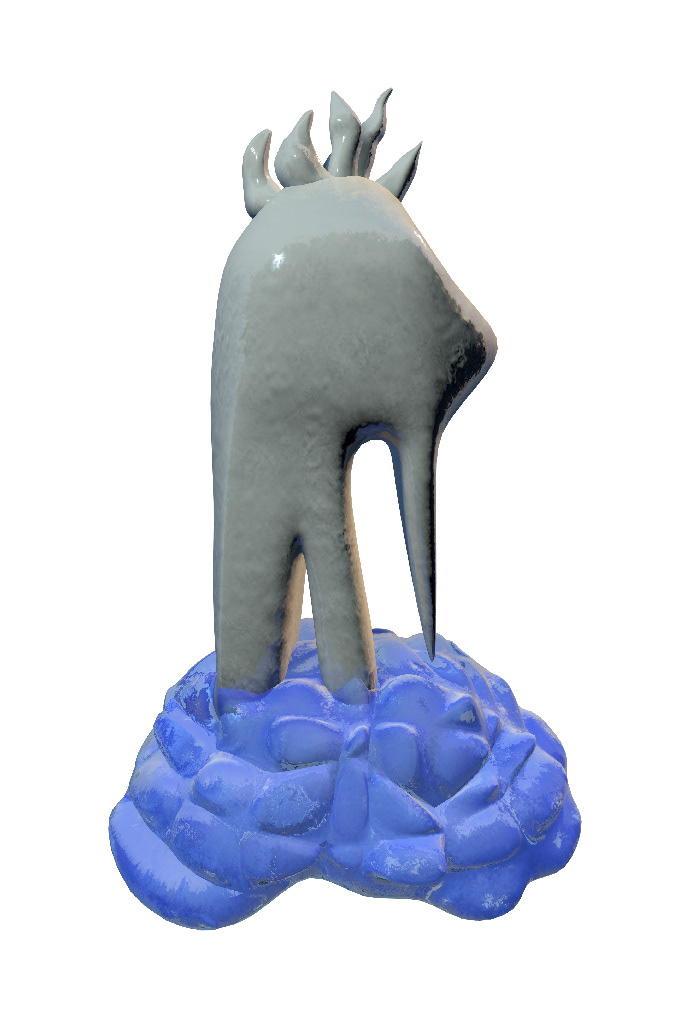
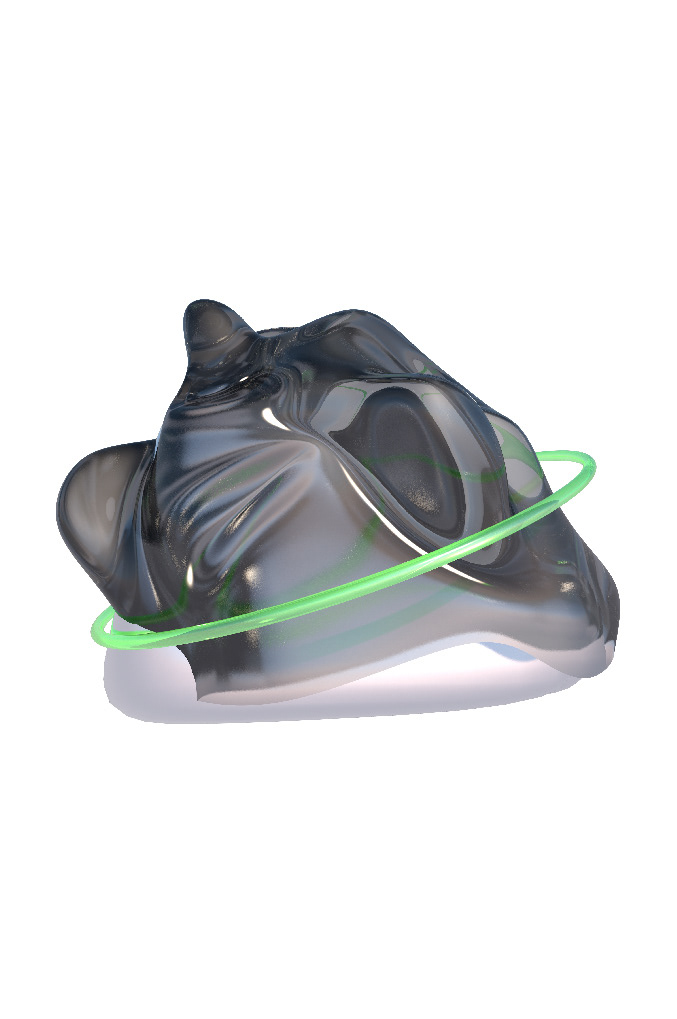
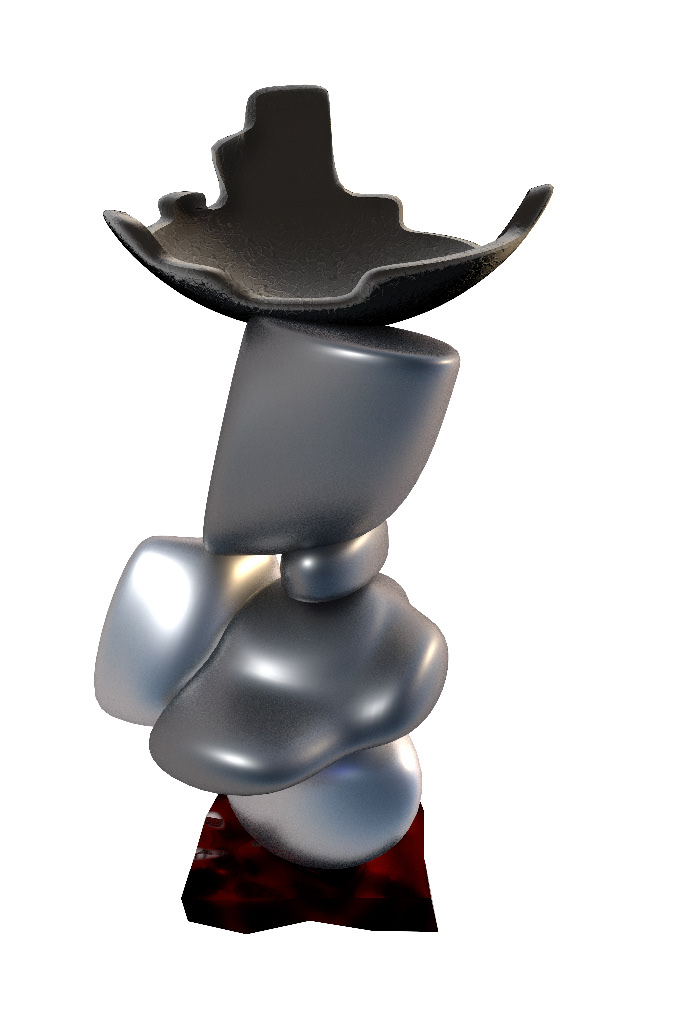

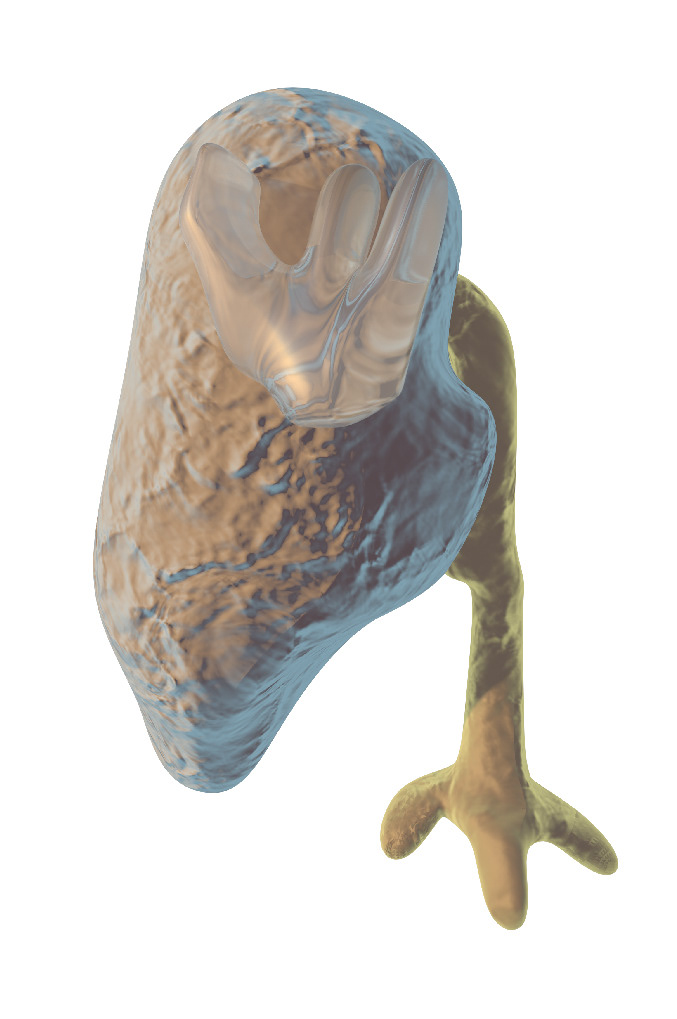


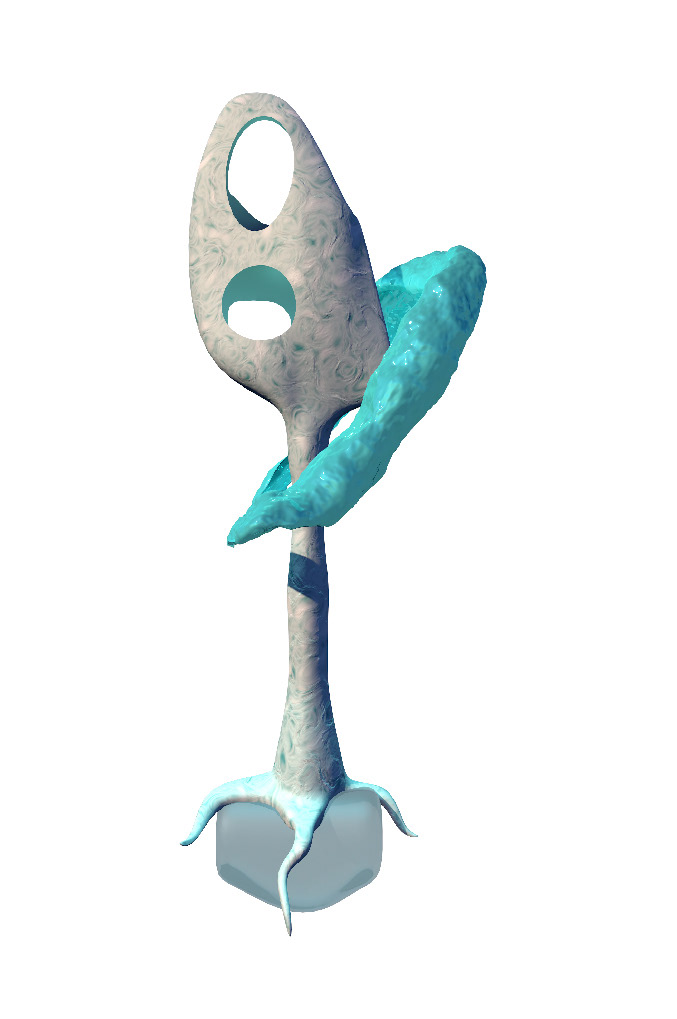
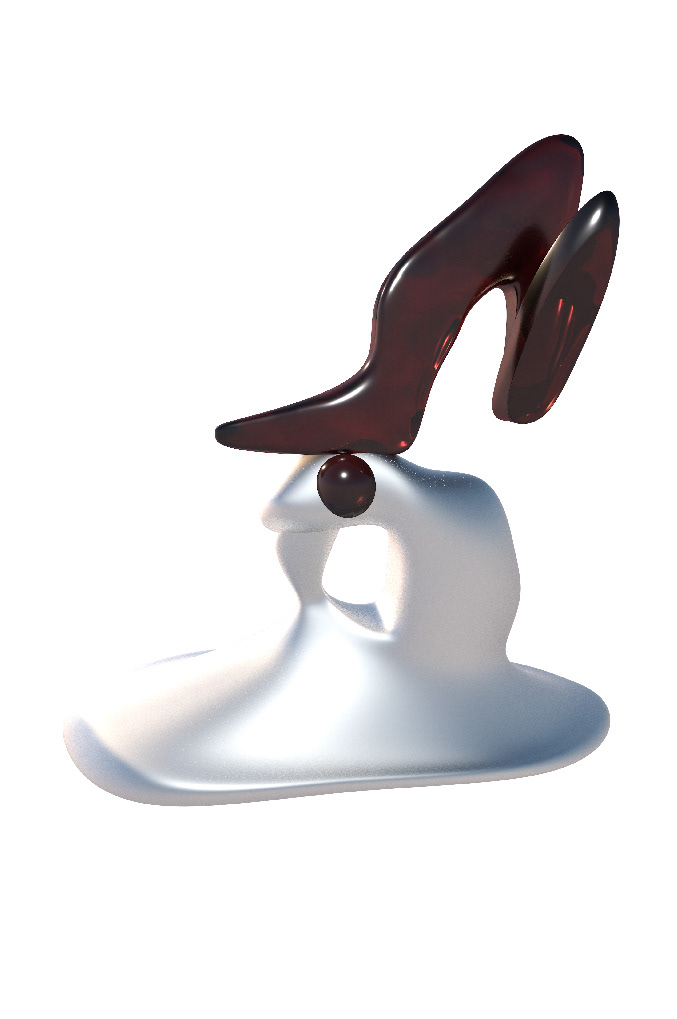

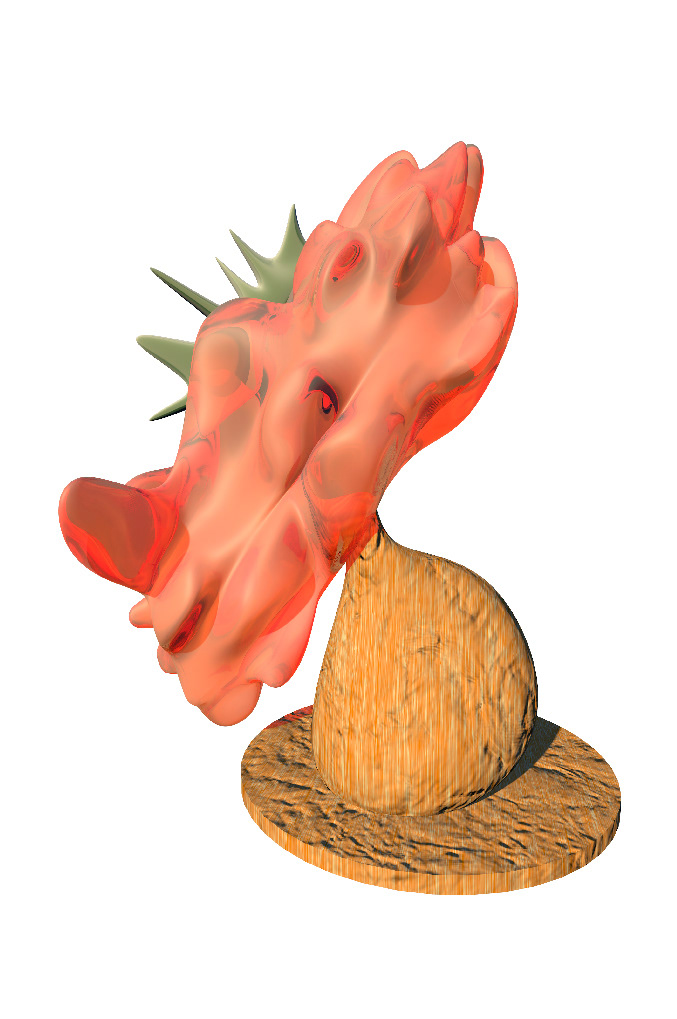

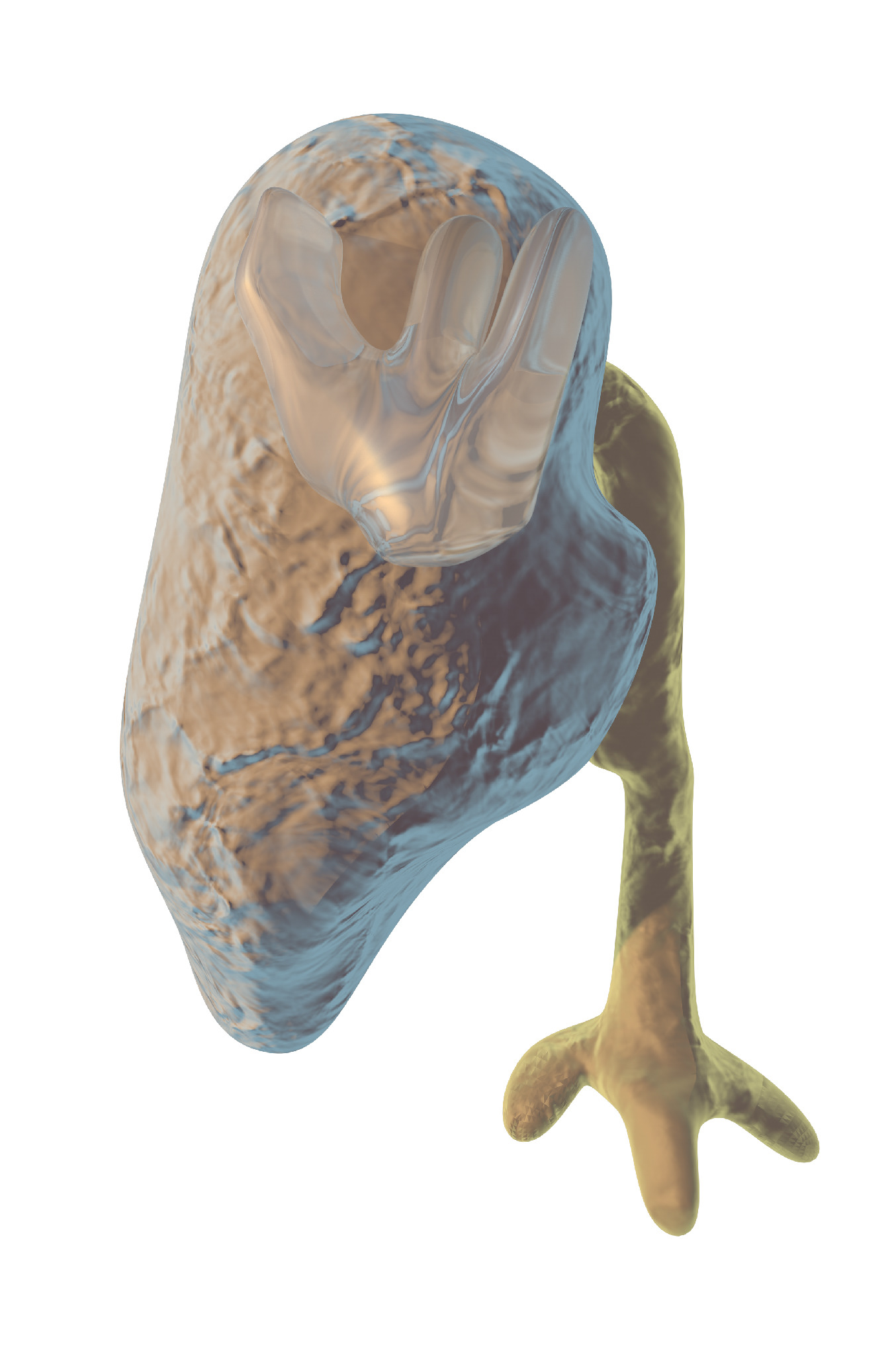
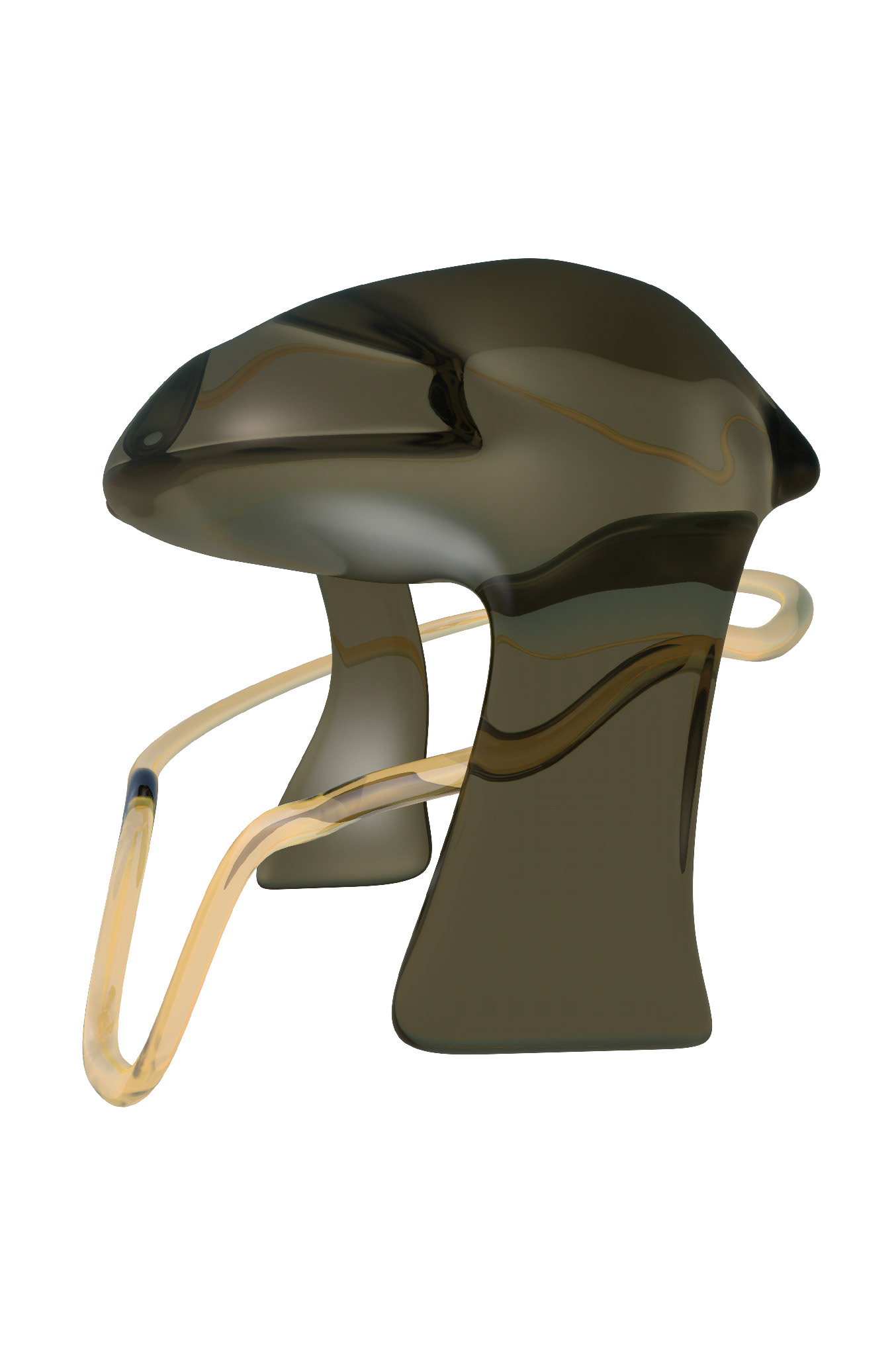
The Book:
The book serves as a companion to the screens, acting both
as a guide and a manual for the audience to understand the objects on display. It provides insight into each object’s meaning, symbolic traits, and emotional connections, offering context to the rotating 3D forms shown on the screens.
Additionally, the book illustrates the process of destruction
and transformation for each object. It visually represents the fractures that each object undergoes, showing how the fragmented pieces can be rebuilt into a new, evolving object.
The book serves as a companion to the screens, acting both
as a guide and a manual for the audience to understand the objects on display. It provides insight into each object’s meaning, symbolic traits, and emotional connections, offering context to the rotating 3D forms shown on the screens.
Additionally, the book illustrates the process of destruction
and transformation for each object. It visually represents the fractures that each object undergoes, showing how the fragmented pieces can be rebuilt into a new, evolving object.
This element of destruction and rebirth highlights the continuous process of growth, change, and adaptation, inviting viewers to think about the fluidity of human character and emotion.
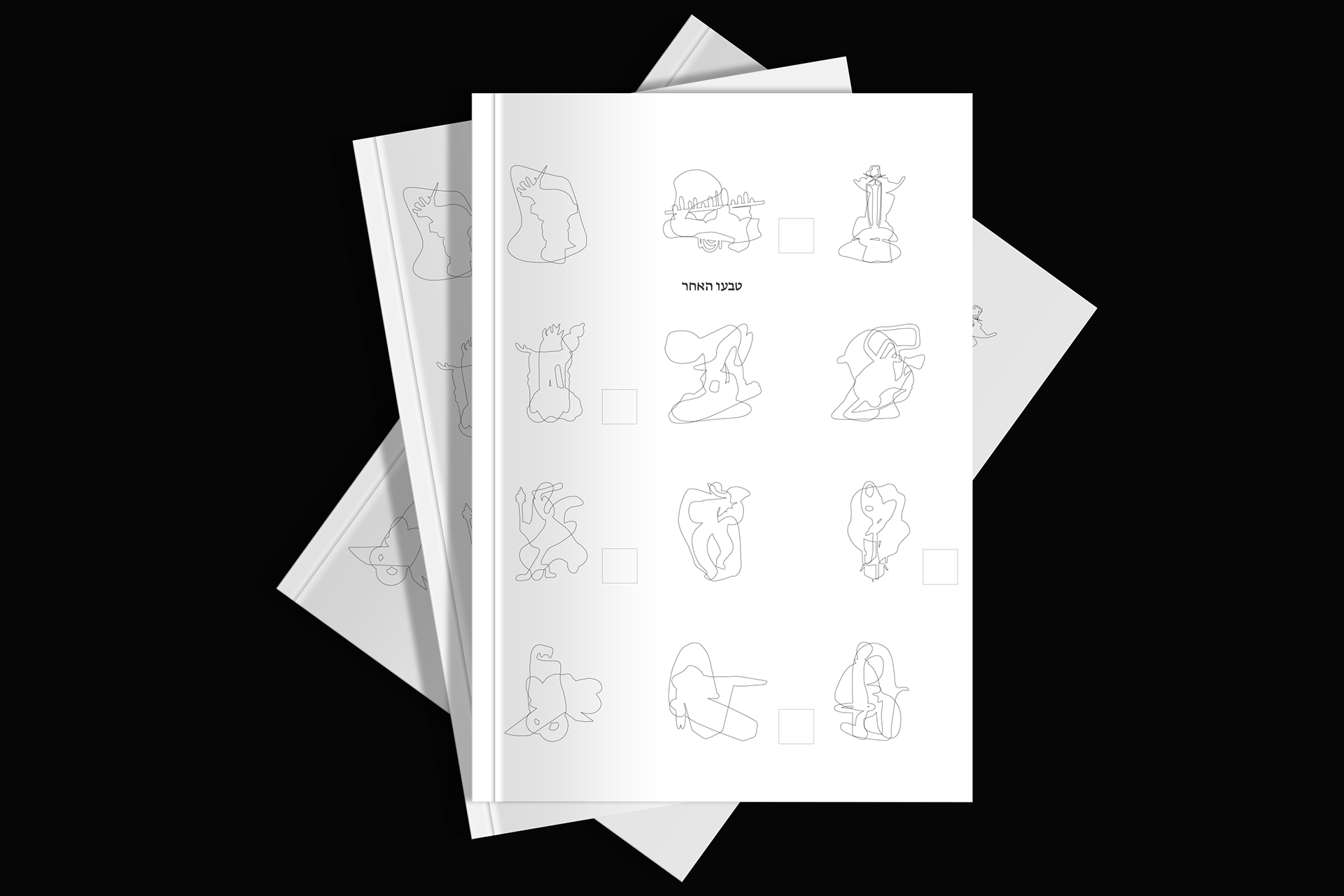
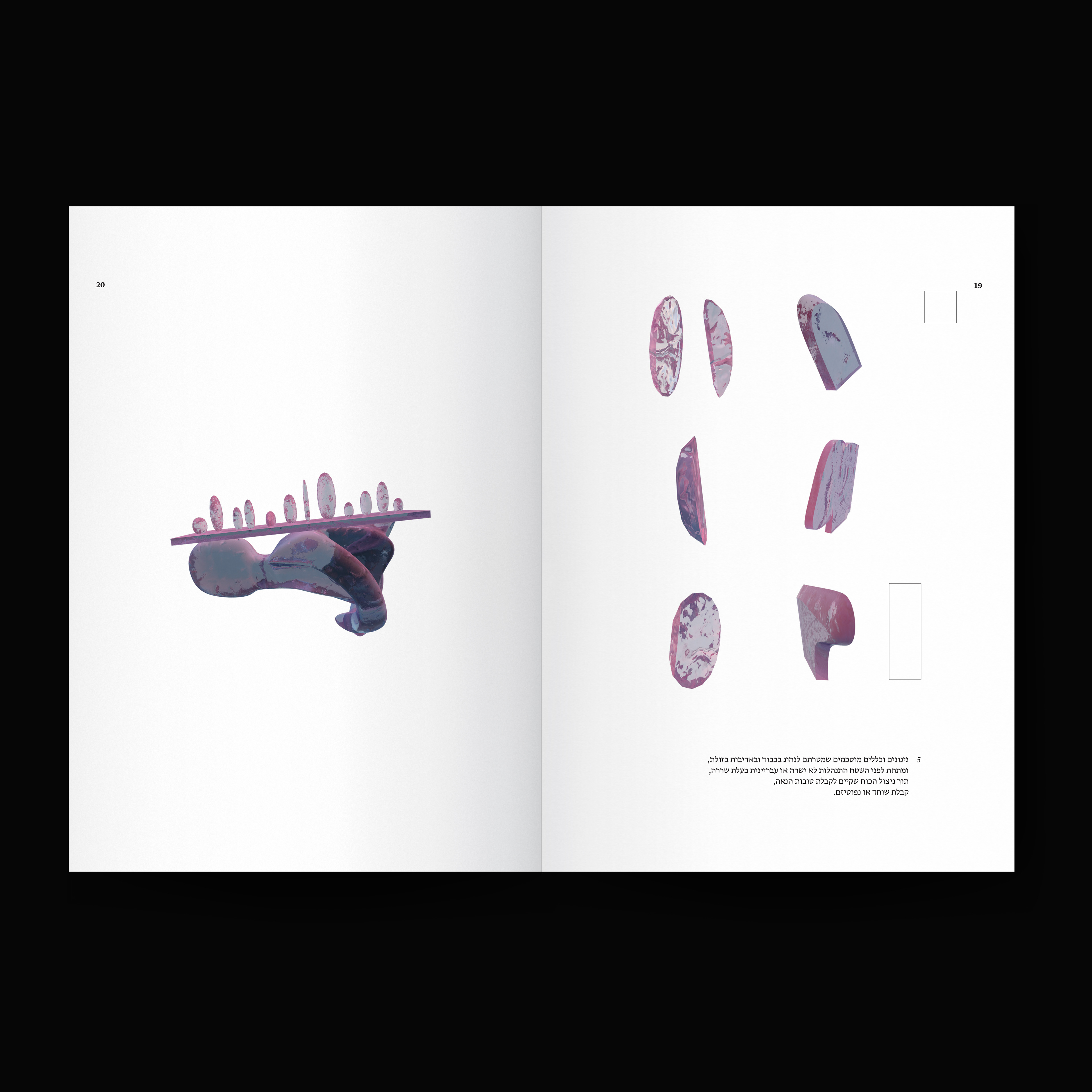
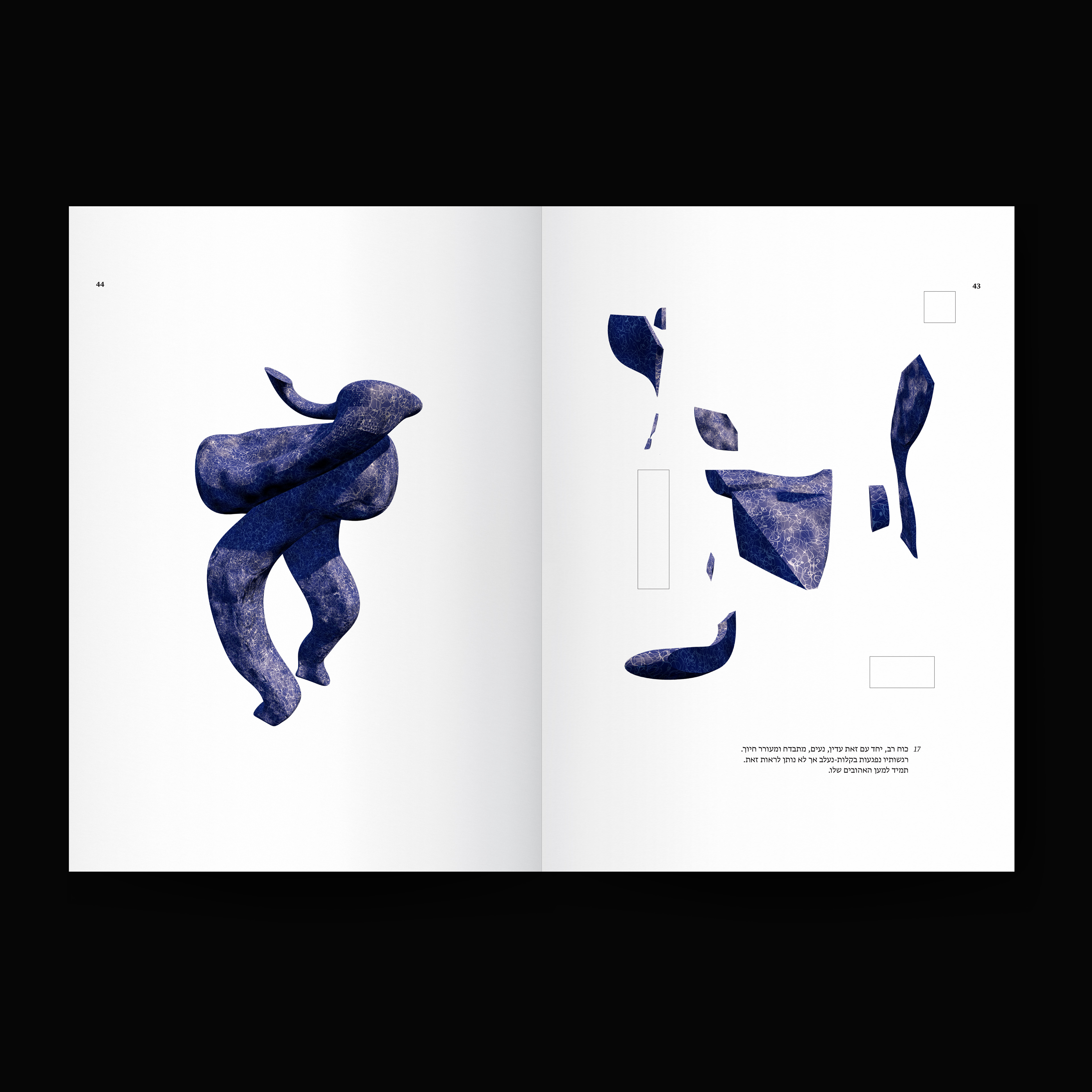
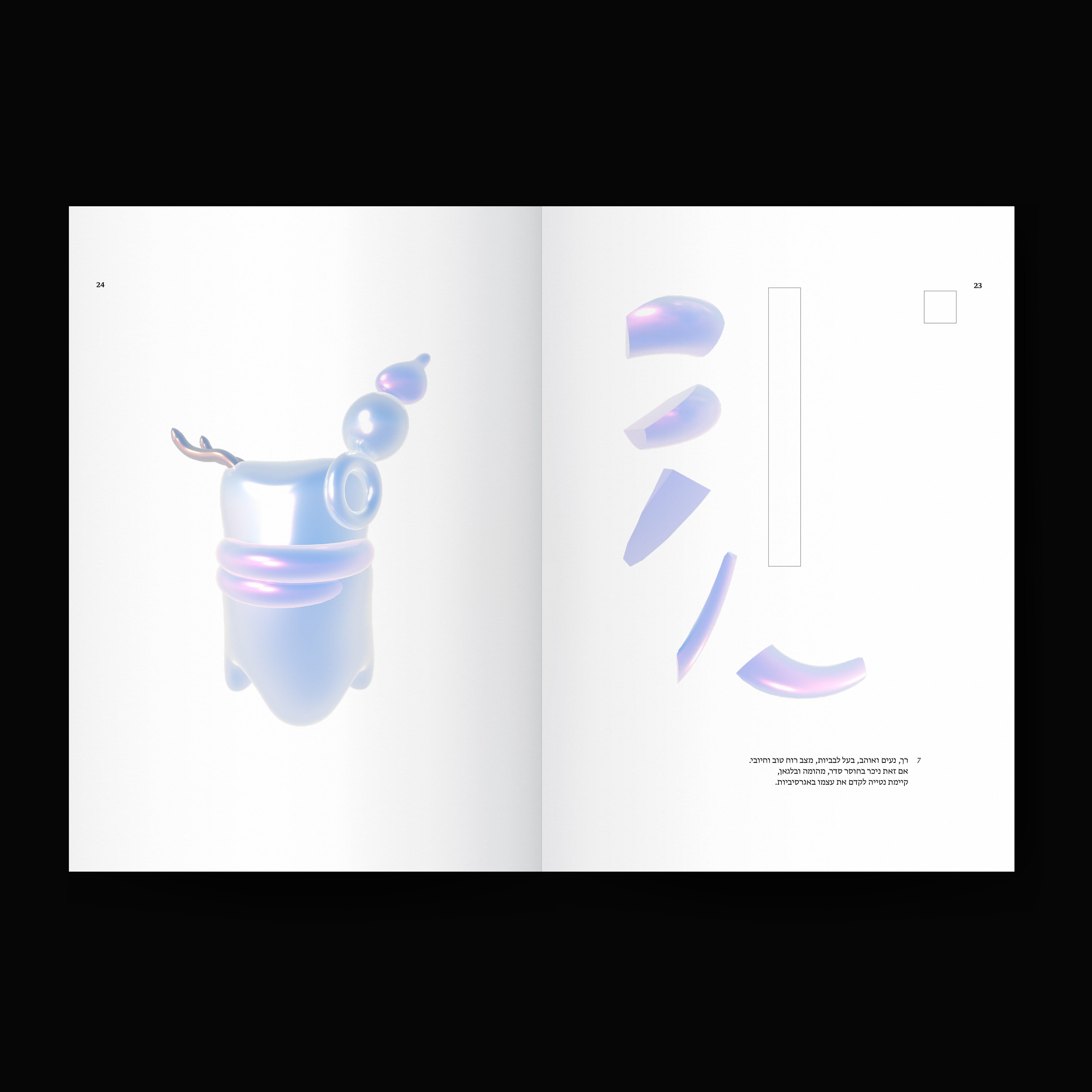
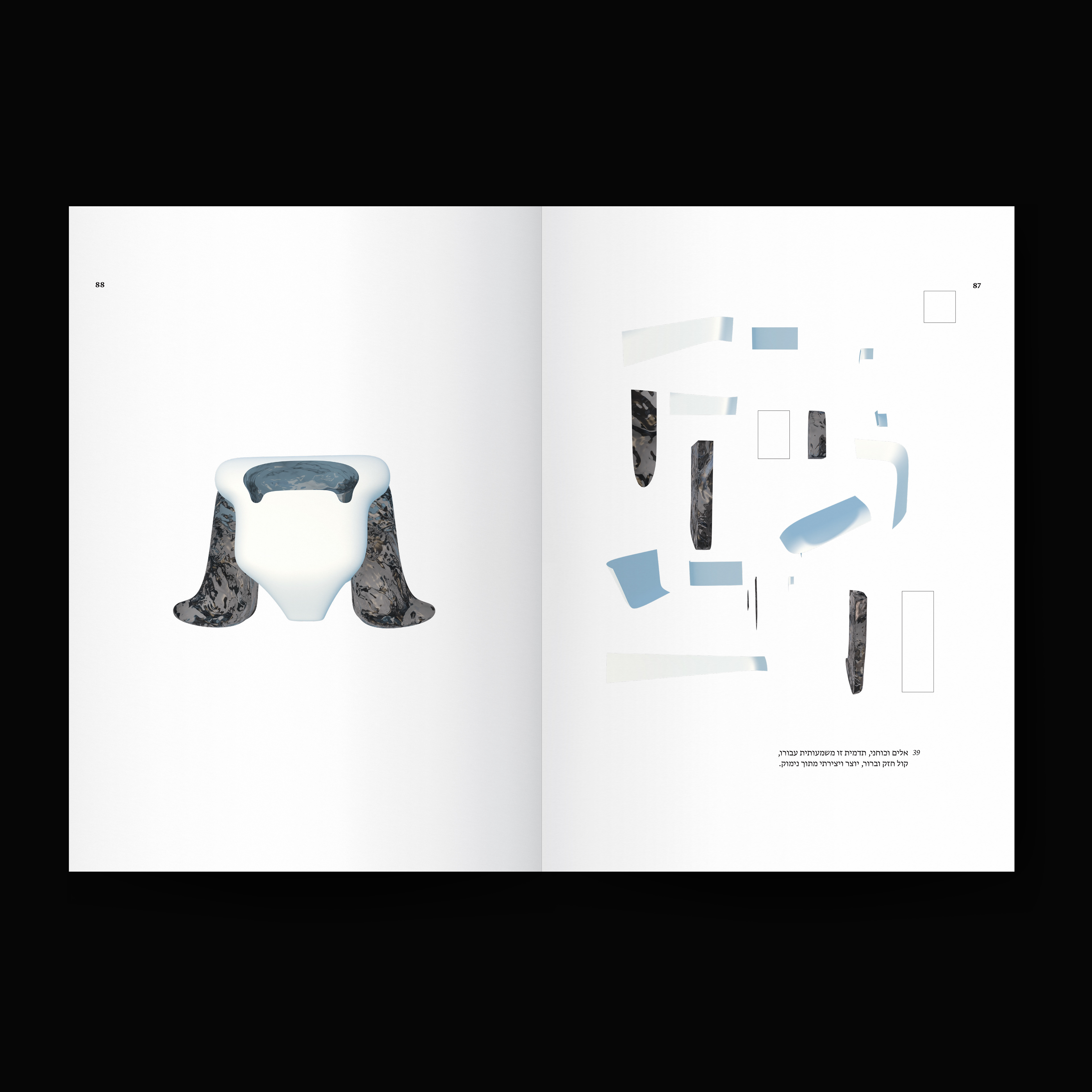
Behind the Scenes
Here are some of the process sketches and artworks that didn’t make it into the final selection for the project installation.
These pieces capture different stages and approaches, showcasing the creative journey behind the final works.
Here are some of the process sketches and artworks that didn’t make it into the final selection for the project installation.
These pieces capture different stages and approaches, showcasing the creative journey behind the final works.
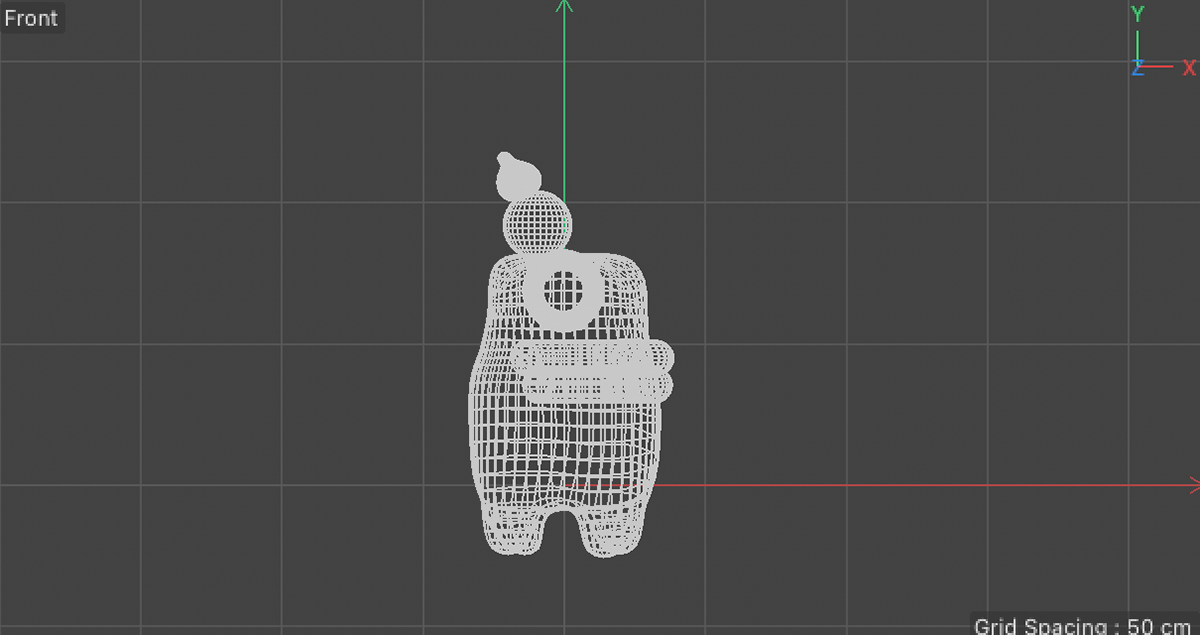
Look in Cinema 4D
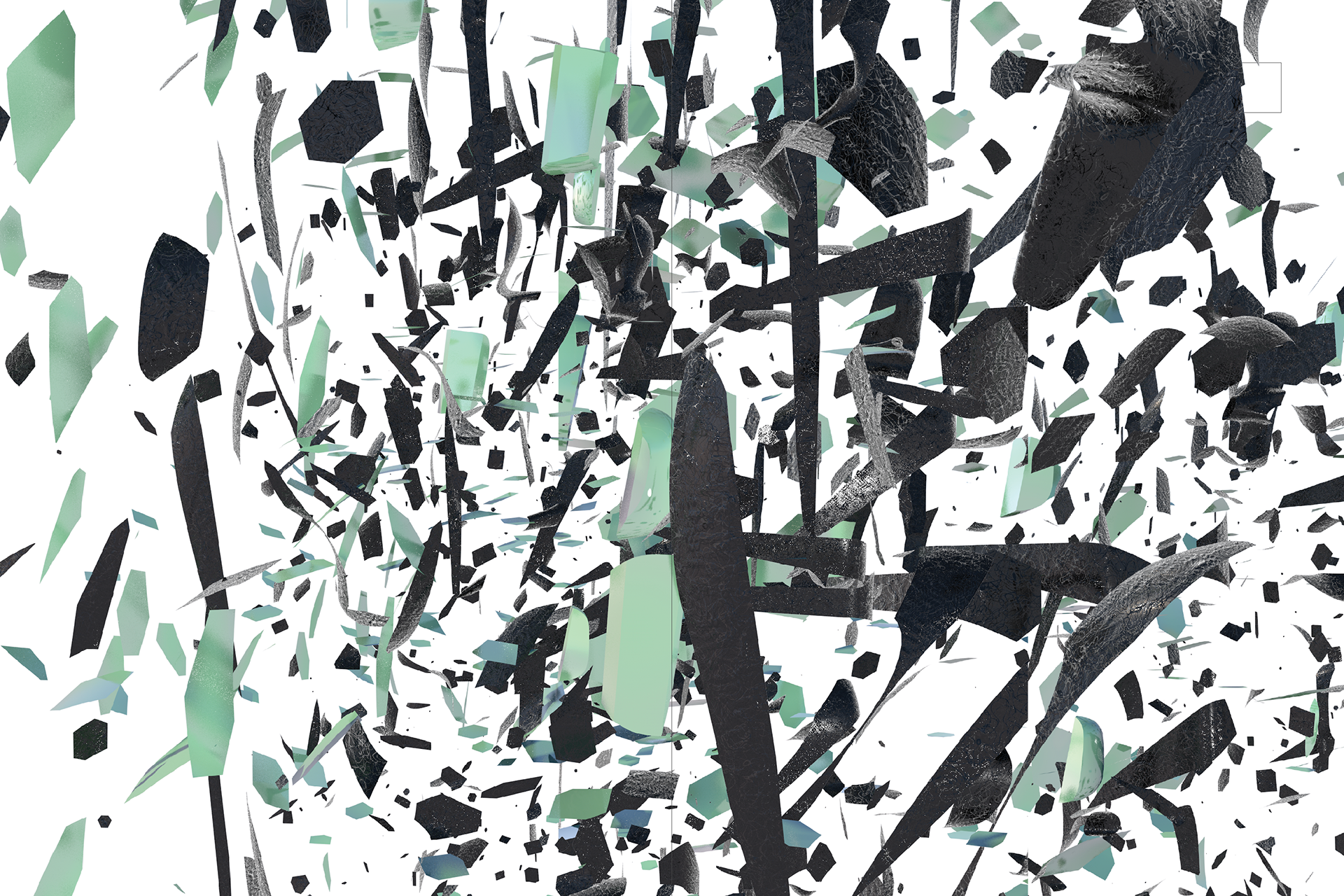
Fraction test - Explode from a hit
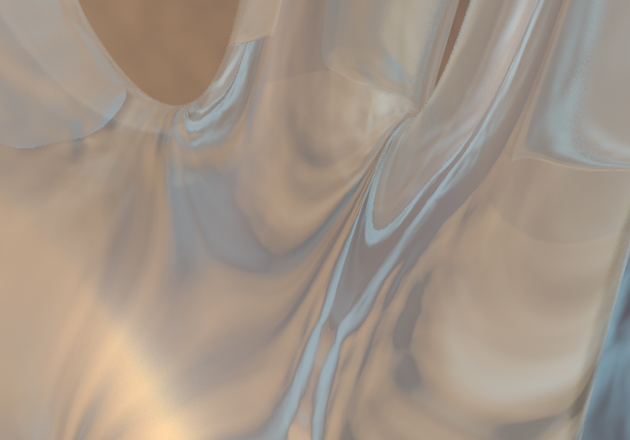
Texture test
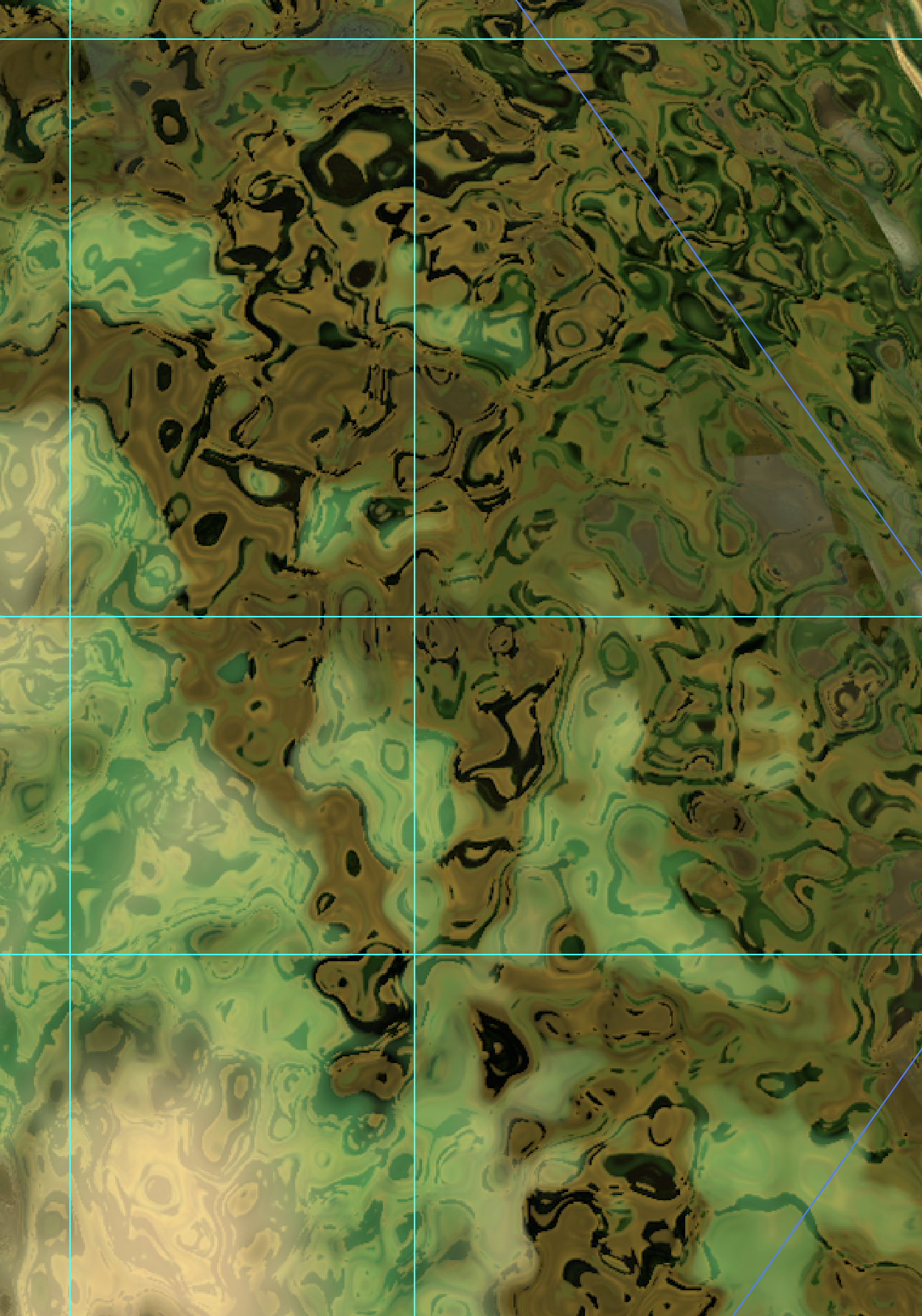
Texture test

Fractions tests and looks
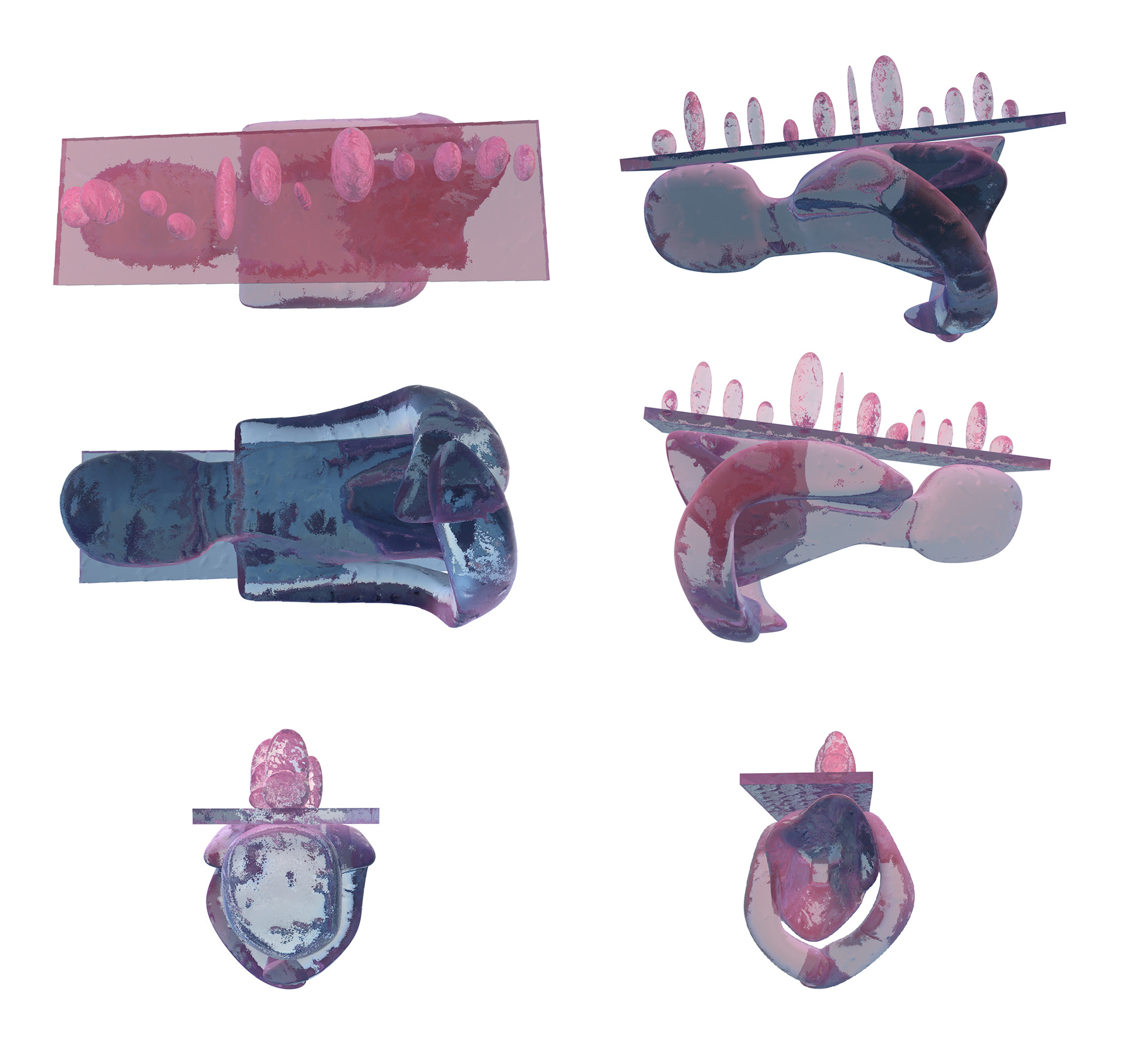
Sides test
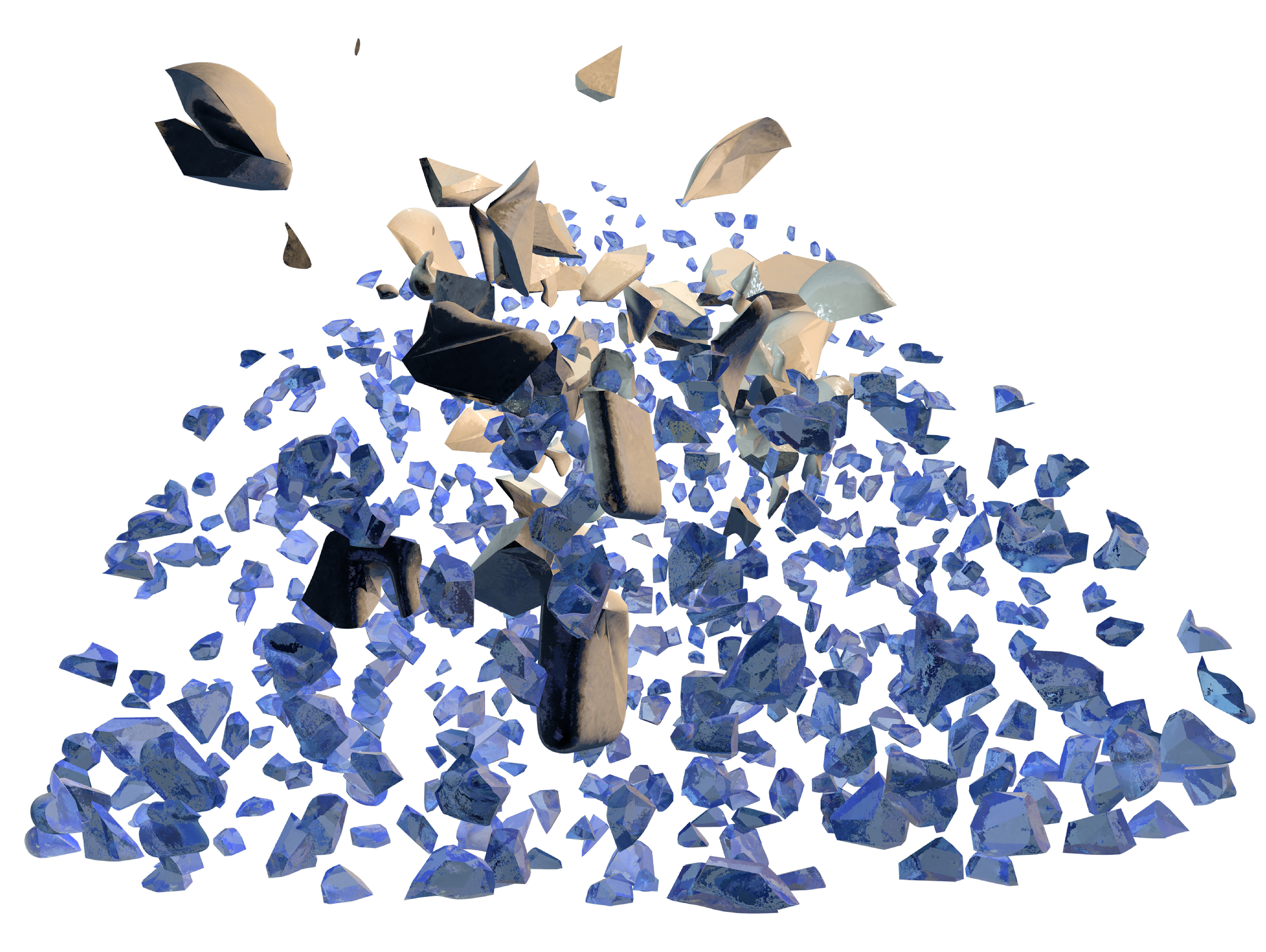
Fraction test - Explode from a fall
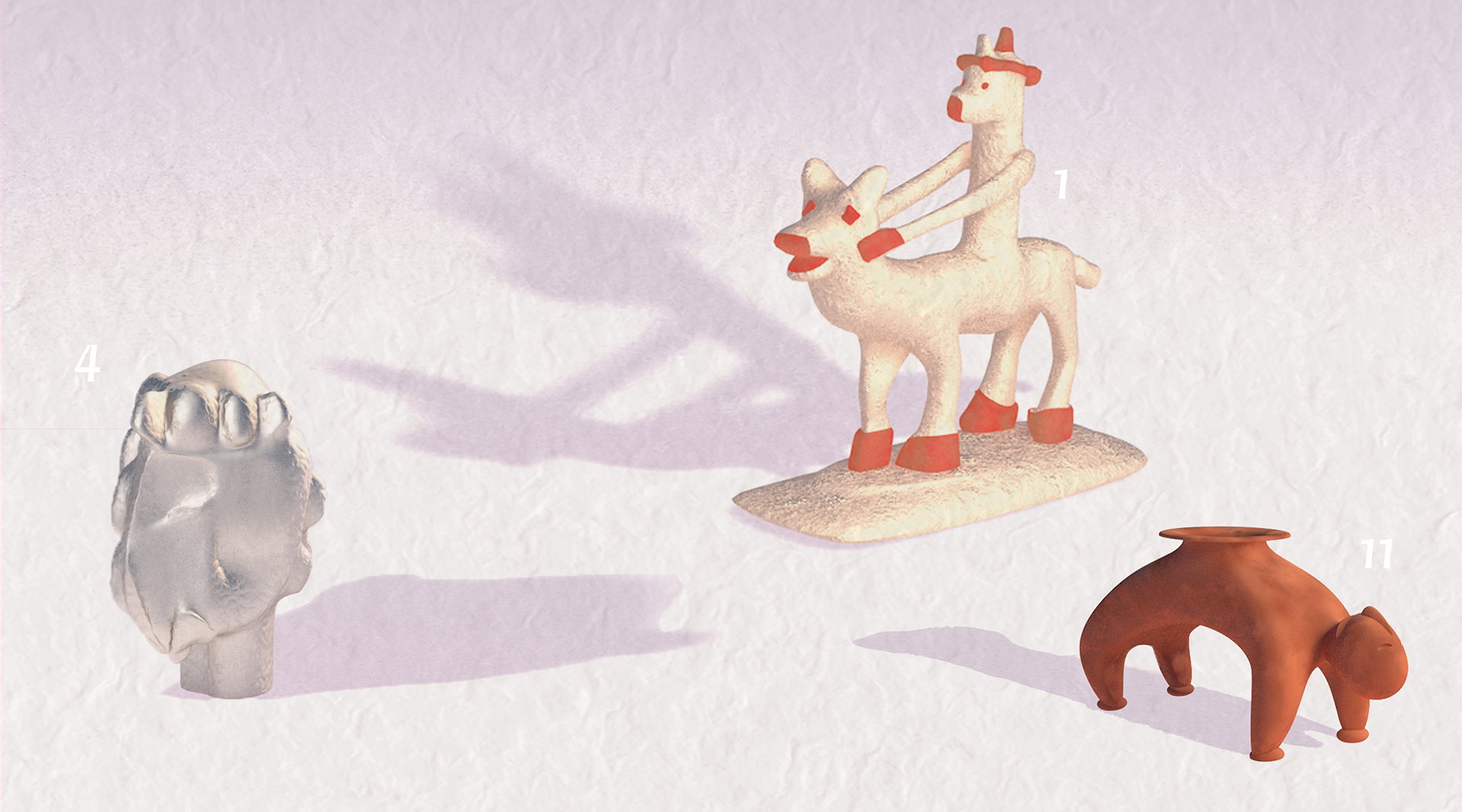
First object - character look
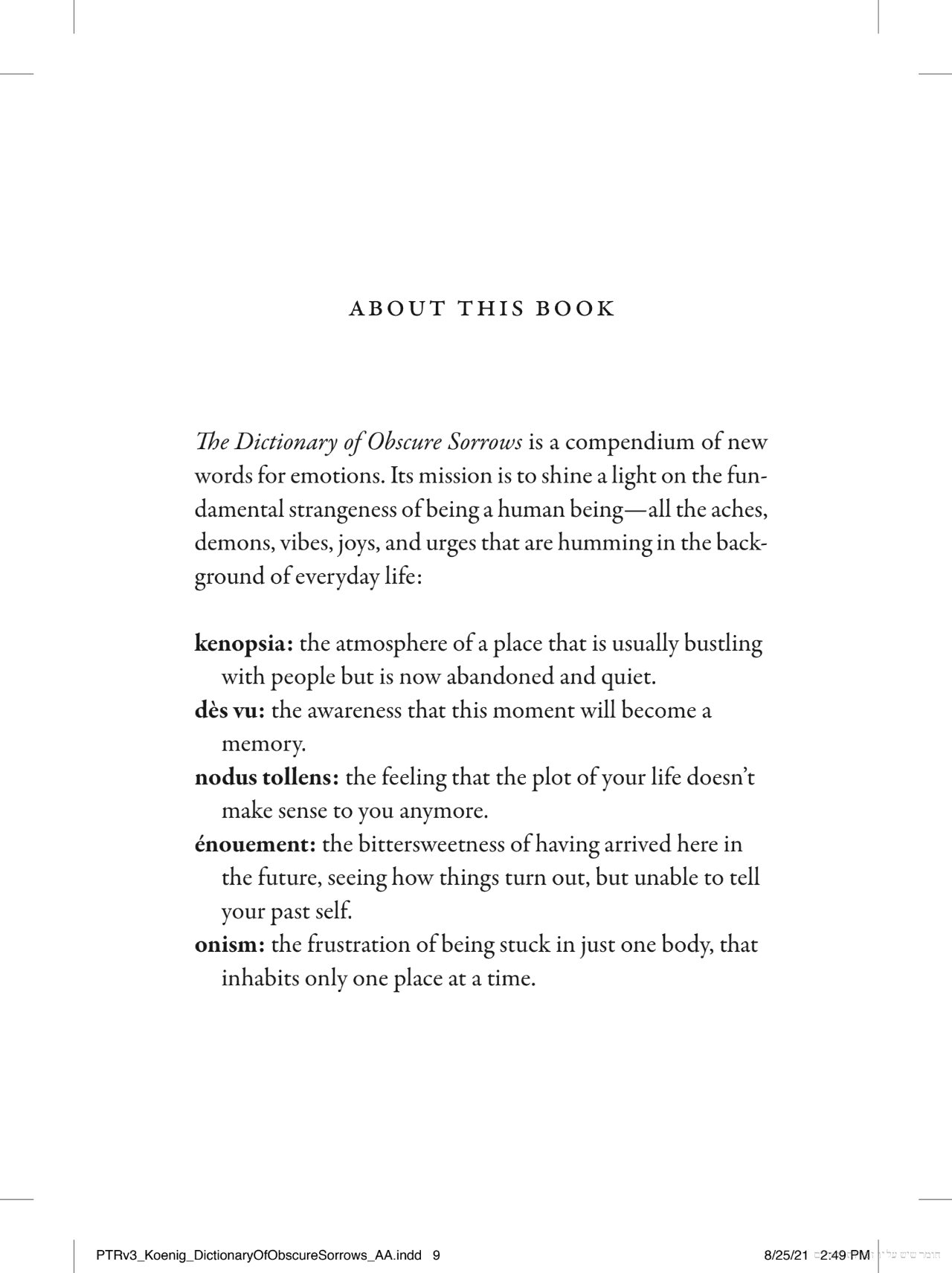
Main idea reference - The Dictionary of Obscure Sorrows Book by John Koenig
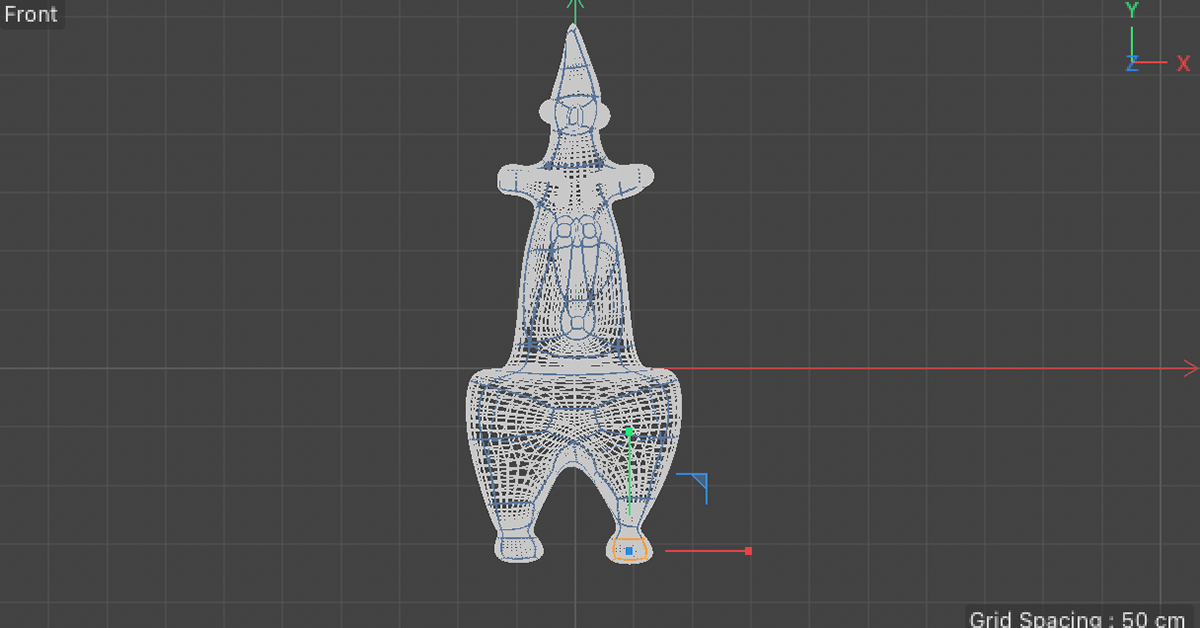
First object - character look C4D
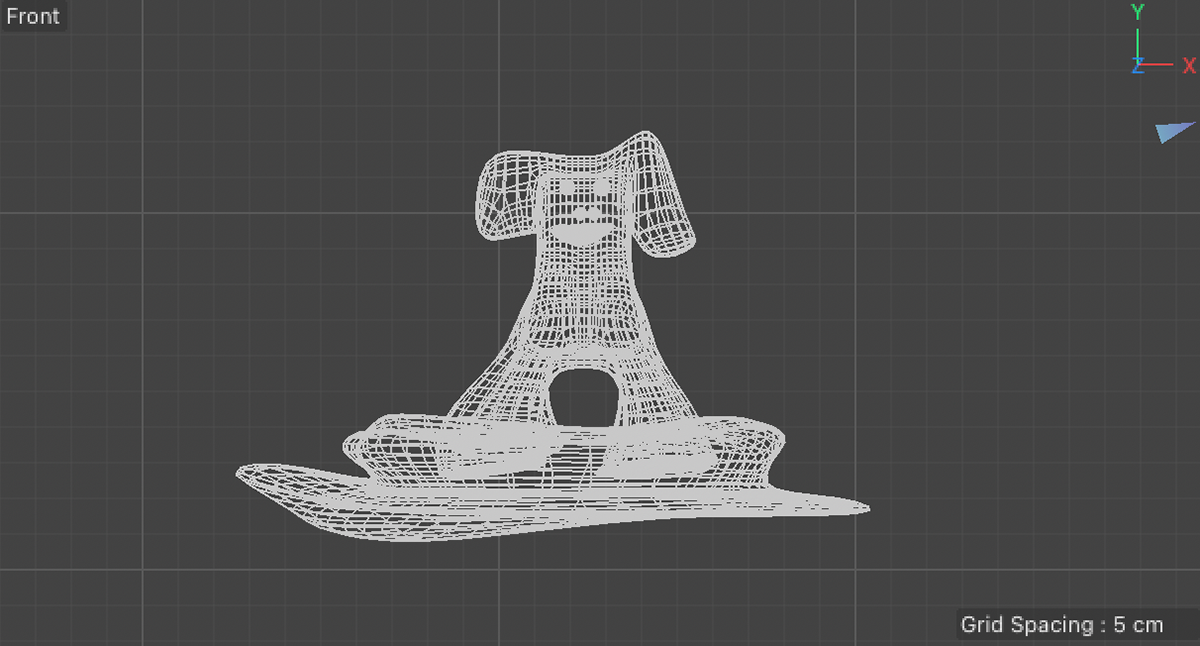
First object - character look C4D
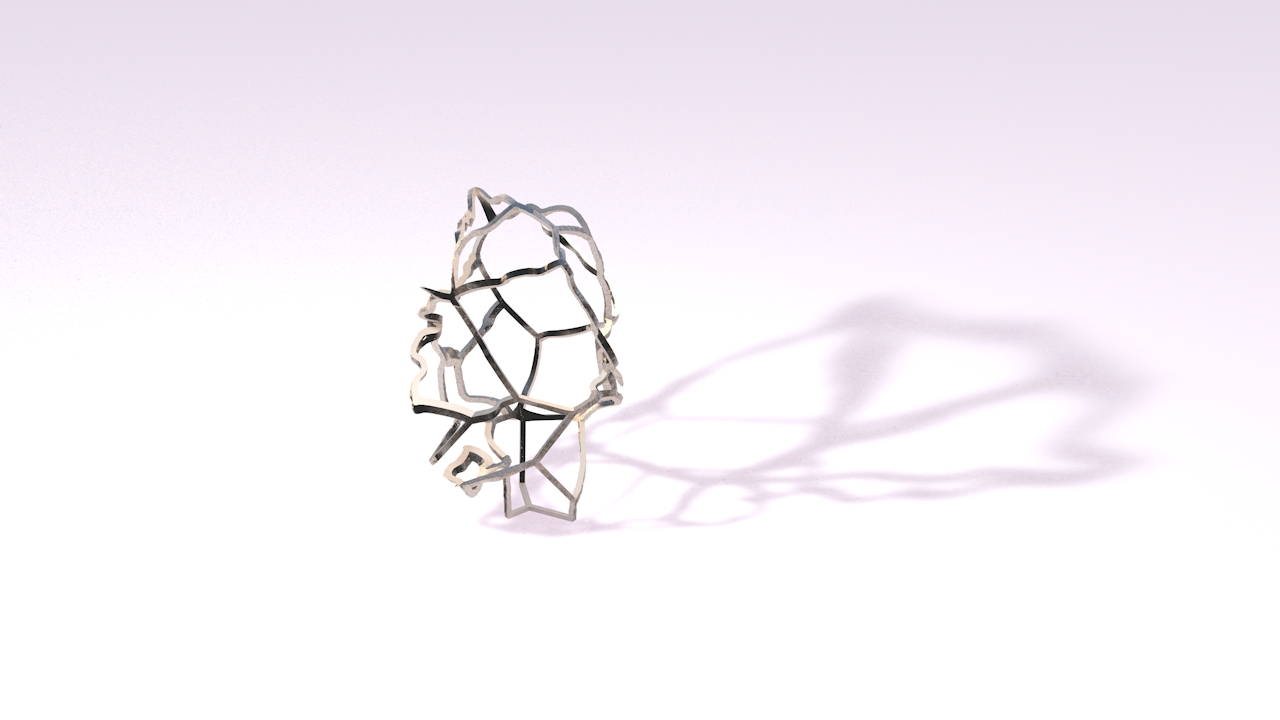
Testing fraction looks
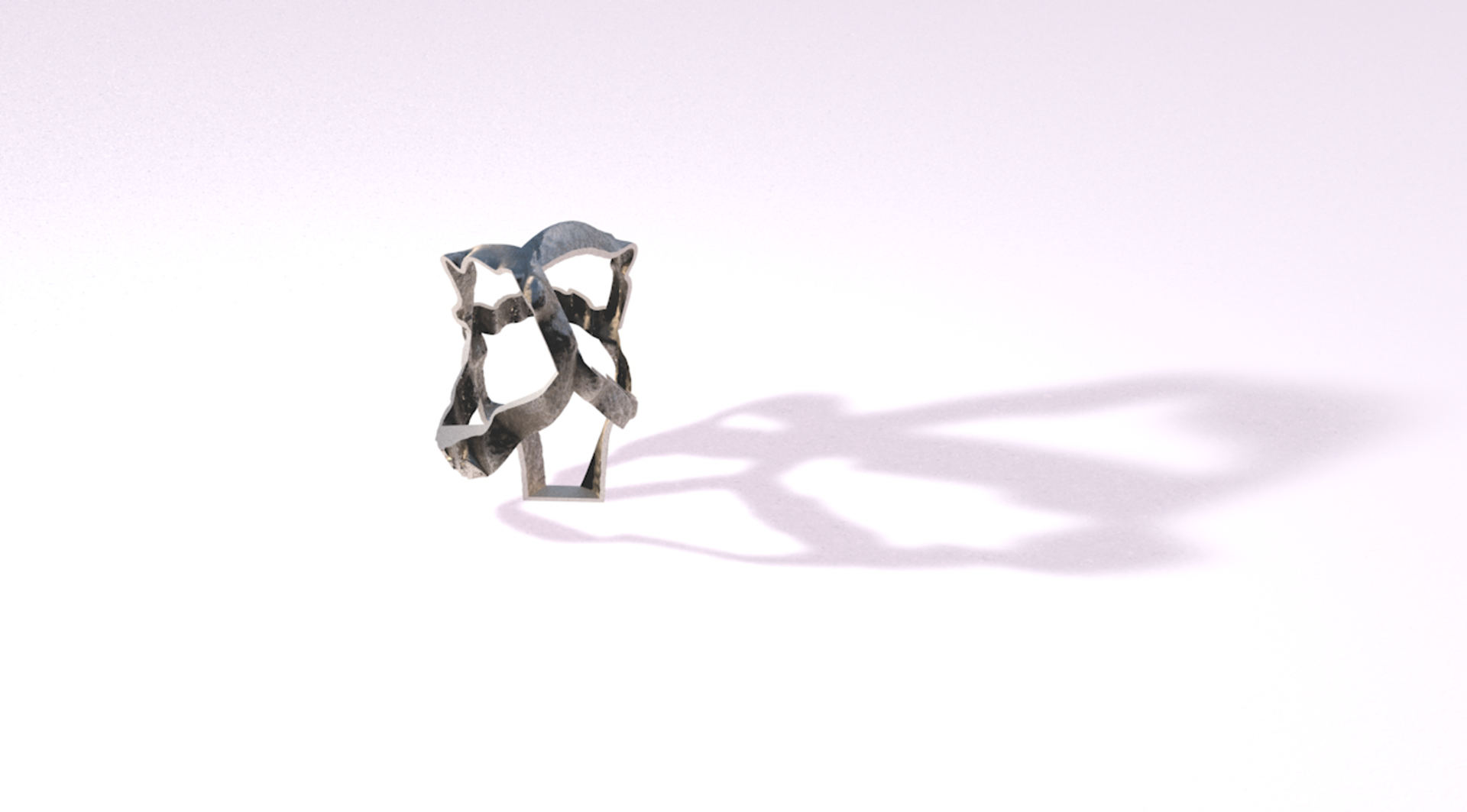
Testing fraction looks
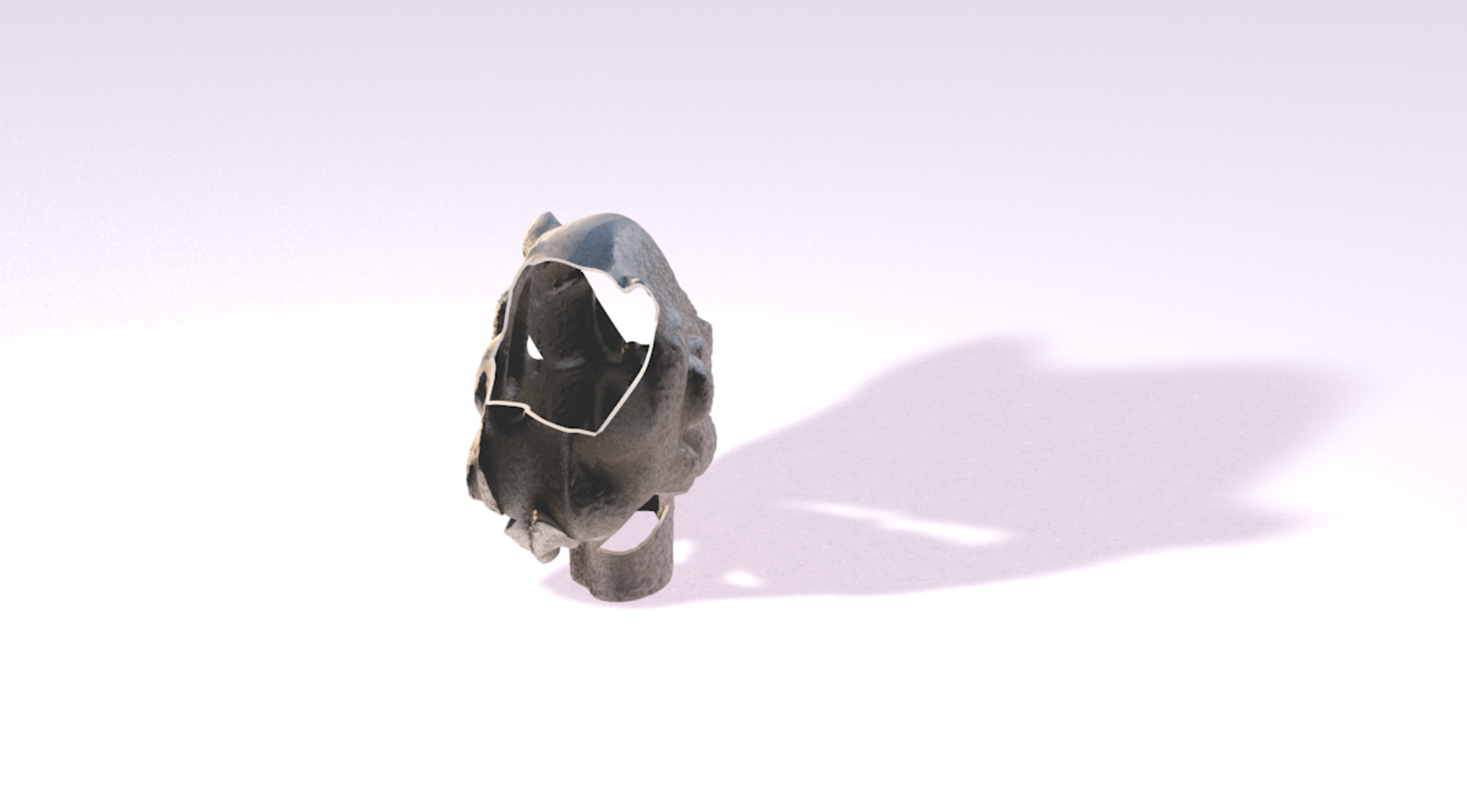
Testing fraction looks
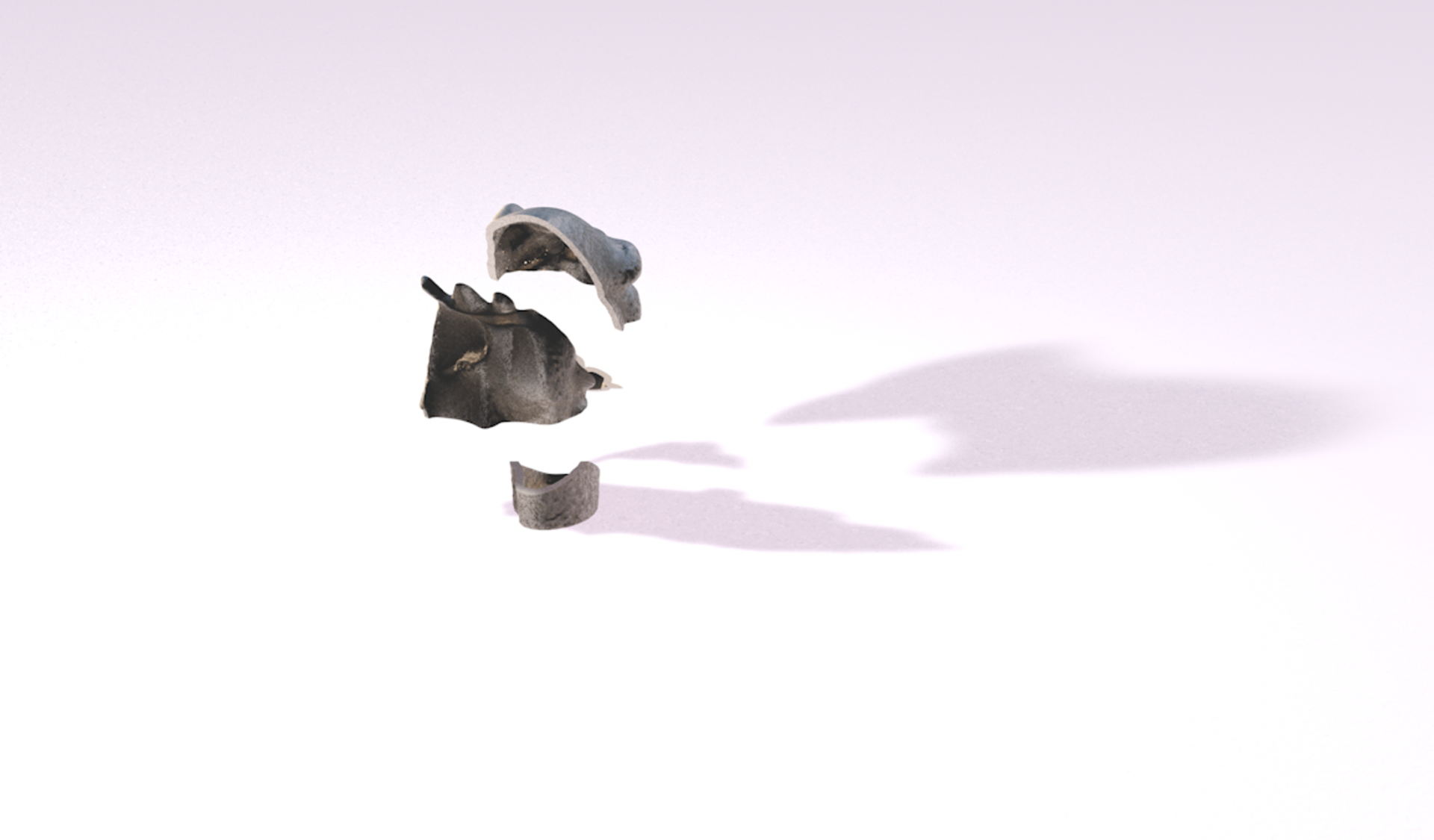
Testing fraction looks
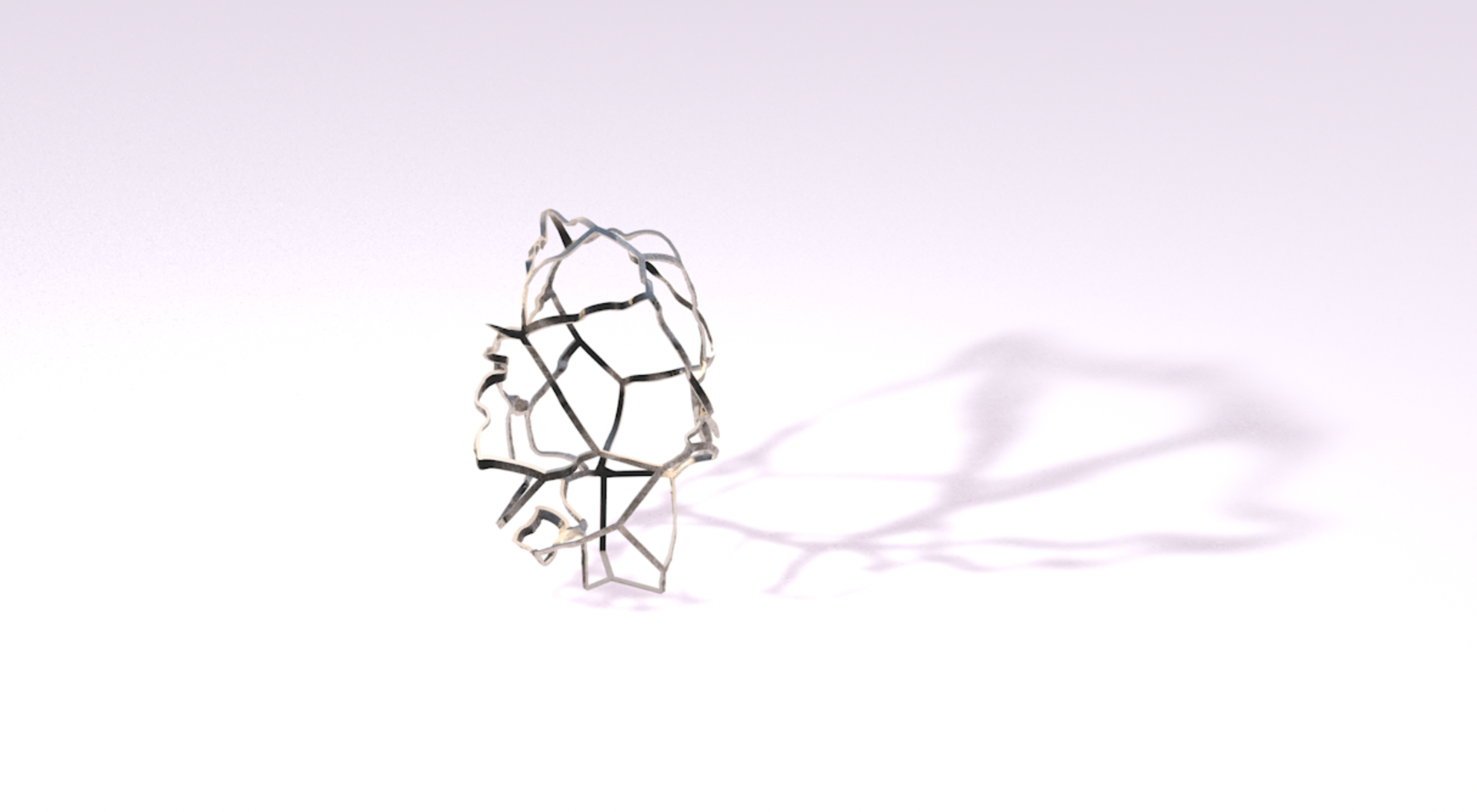
Testing fraction looks
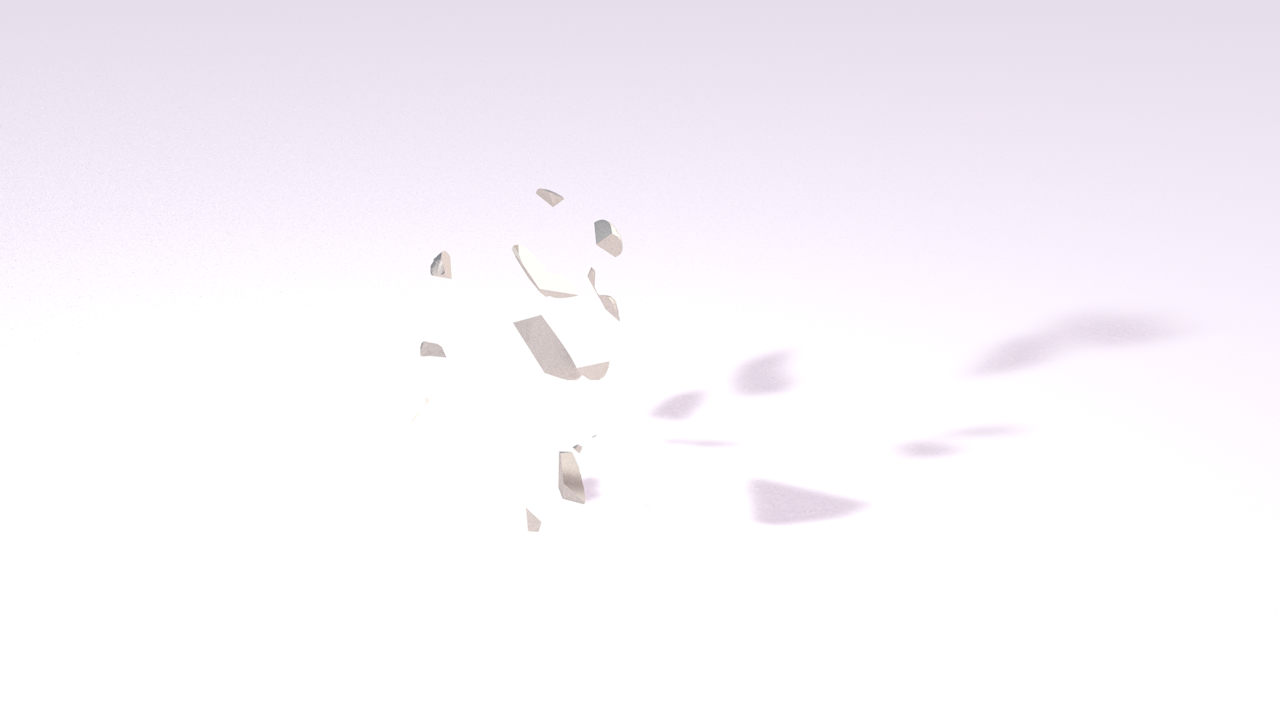
Testing fraction looks
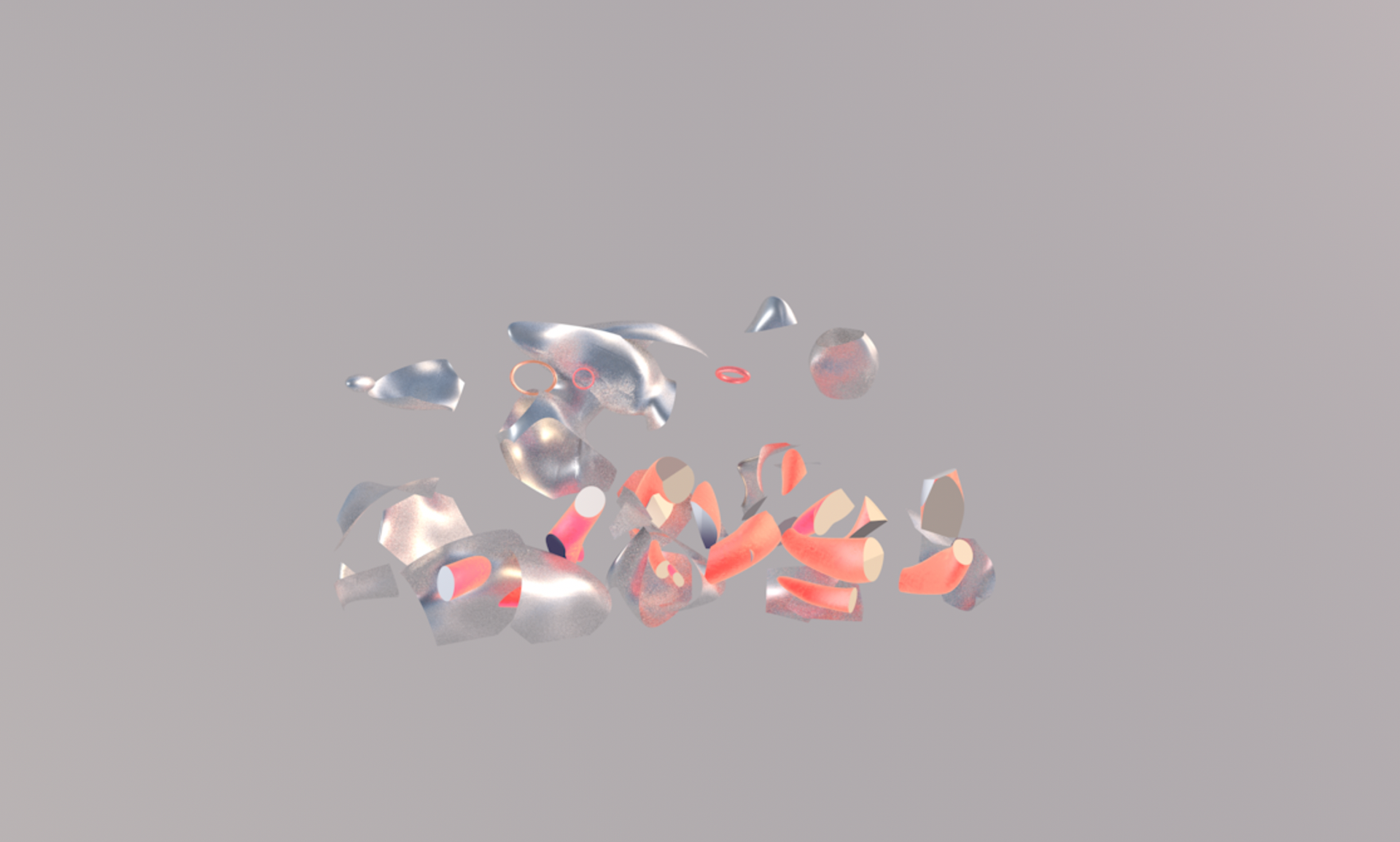
Fracture test O bject 1
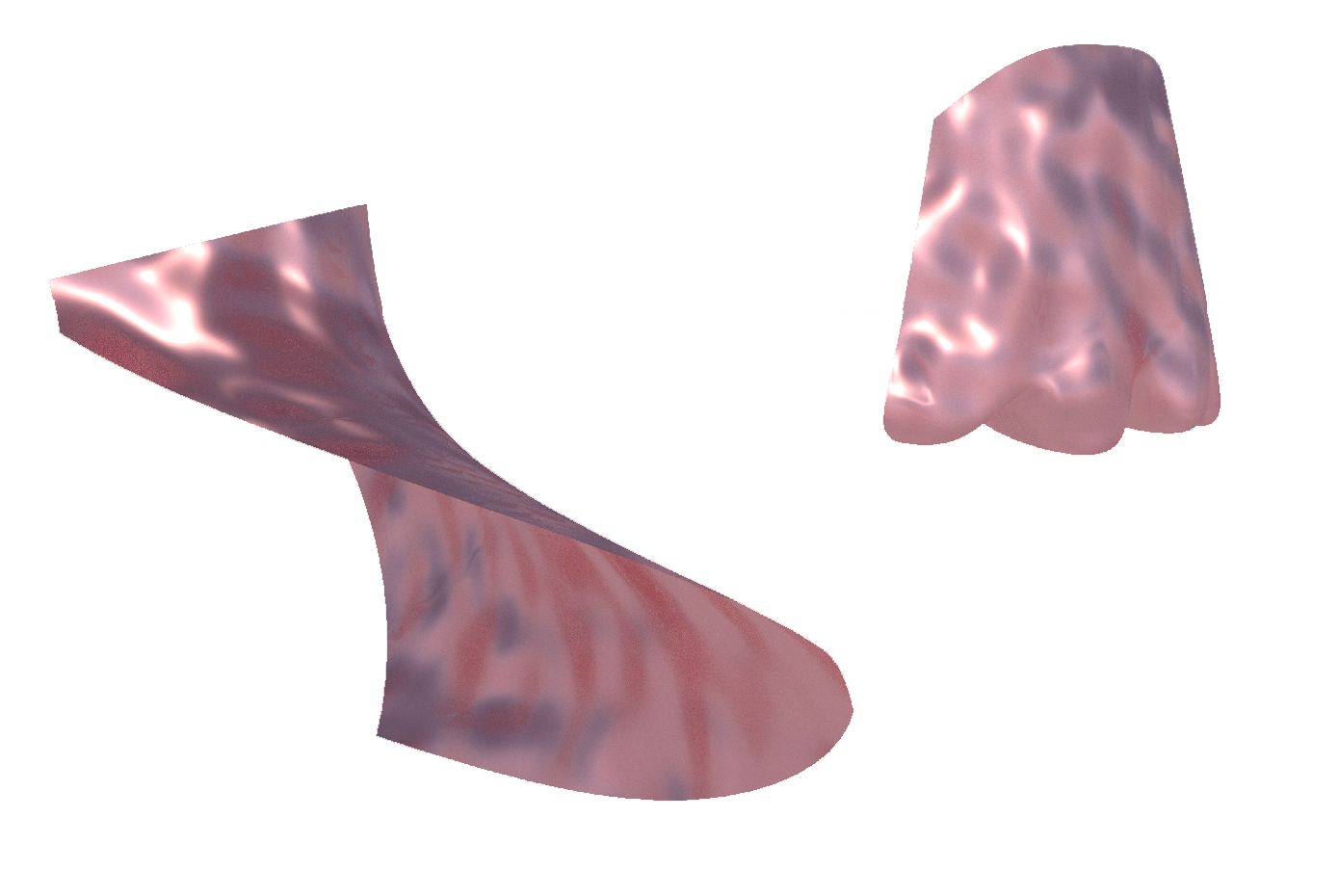
Fracture test without volume
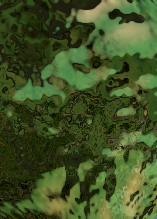
Texture
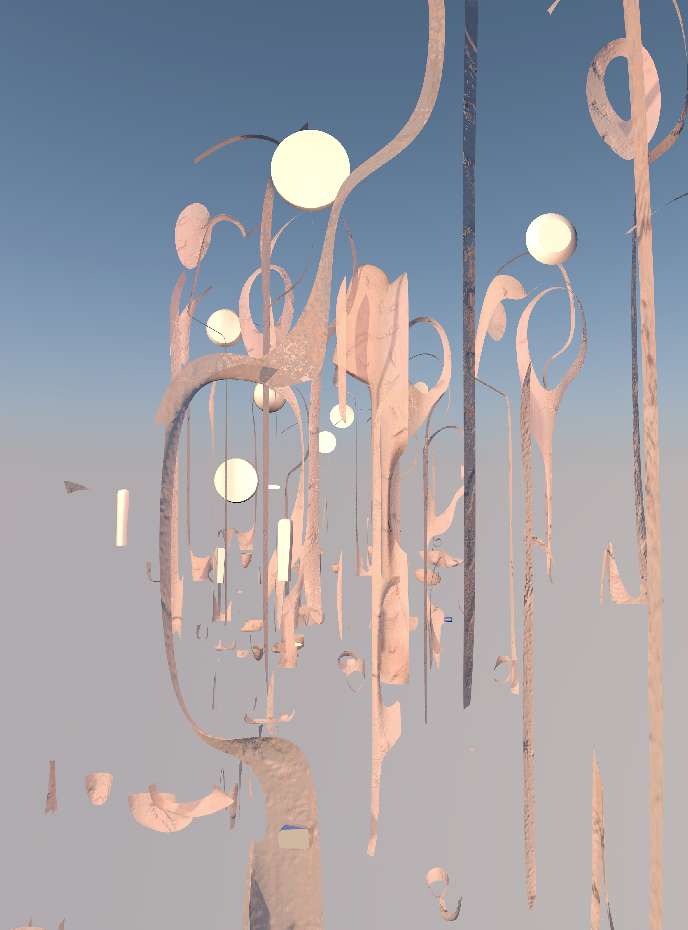
Fracture test with small volume
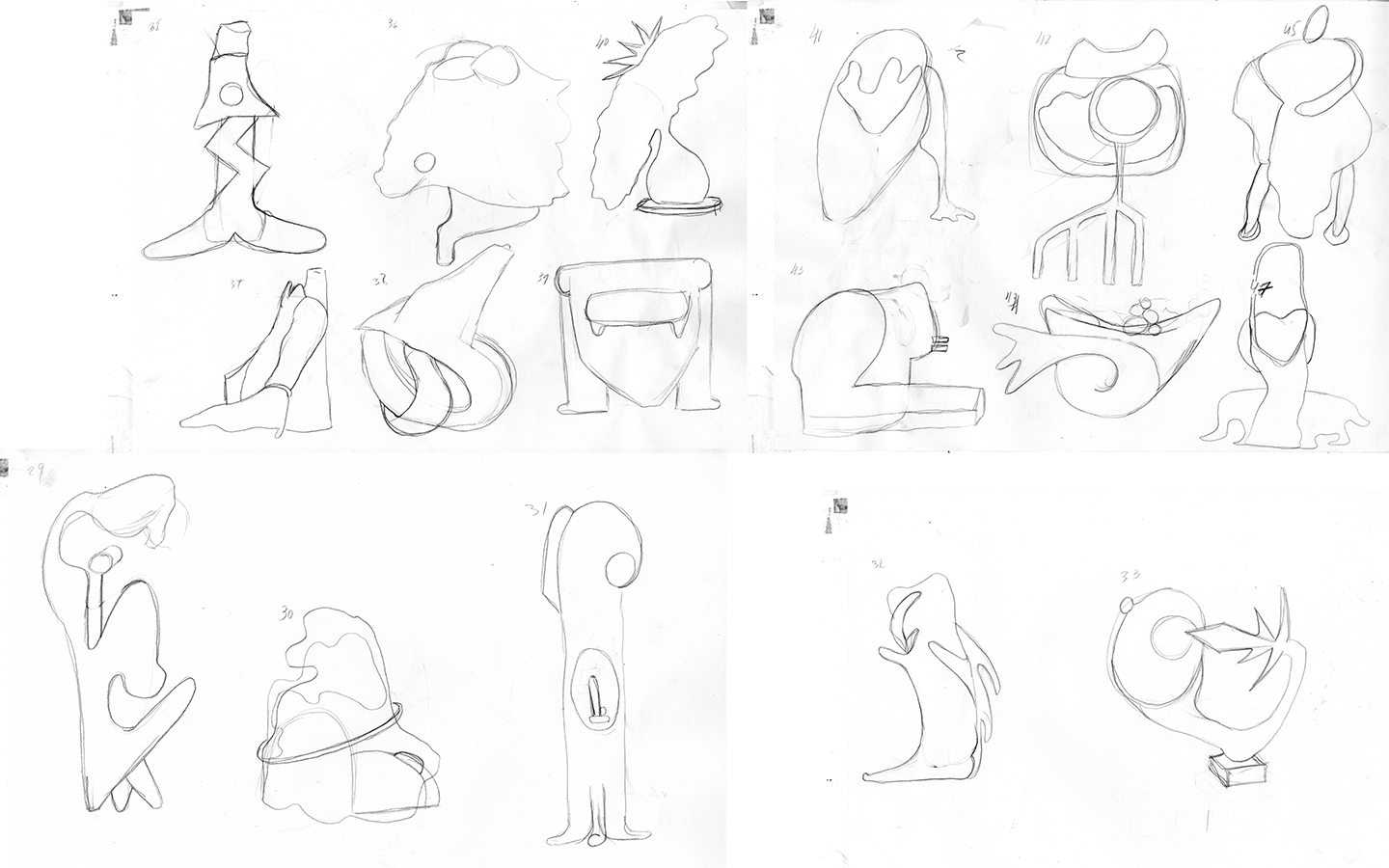
First sketches for objects 29-33, 35-40, 41-47 (some didn't get into the project)
